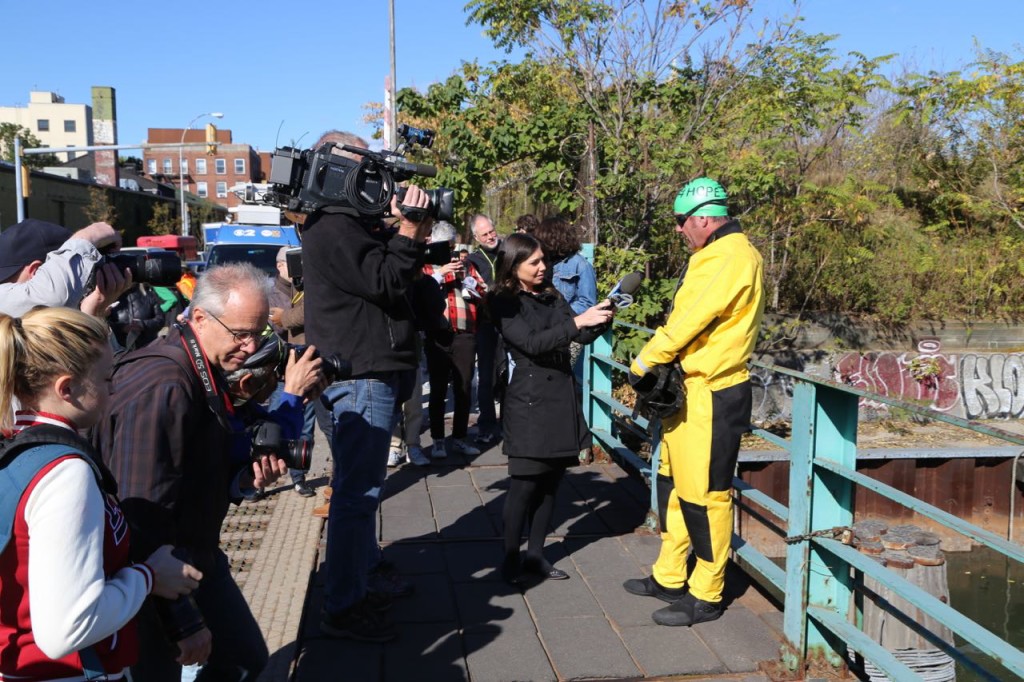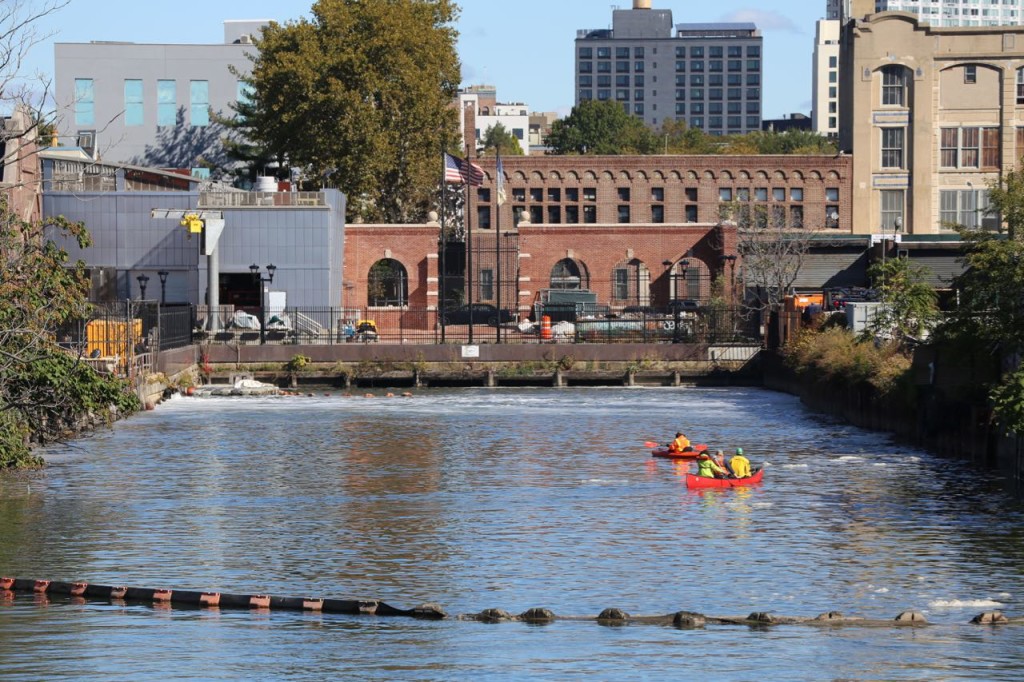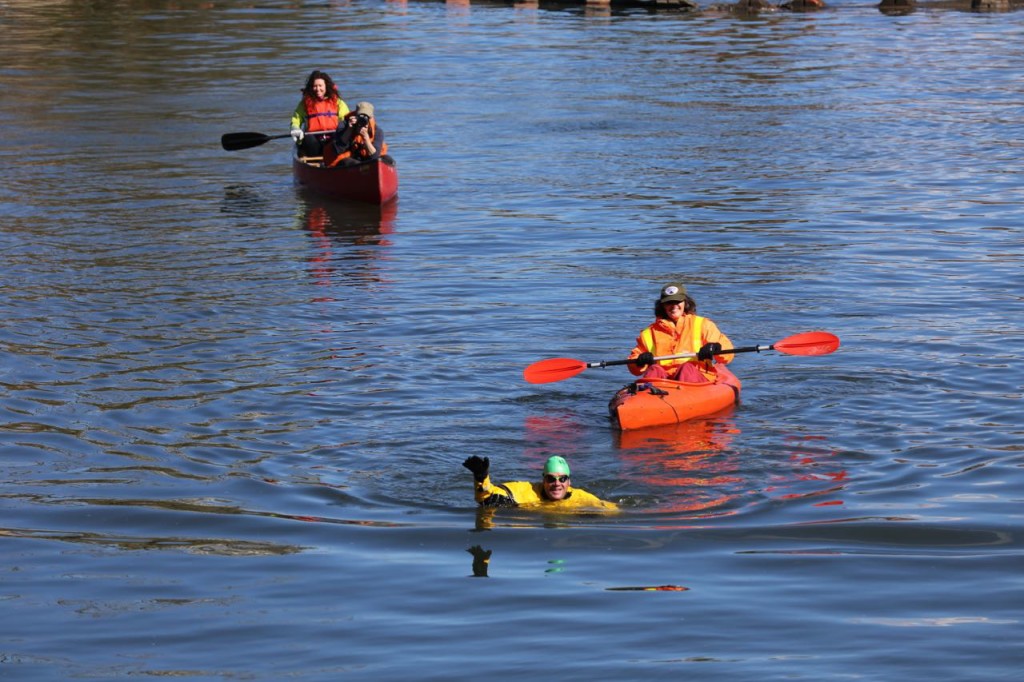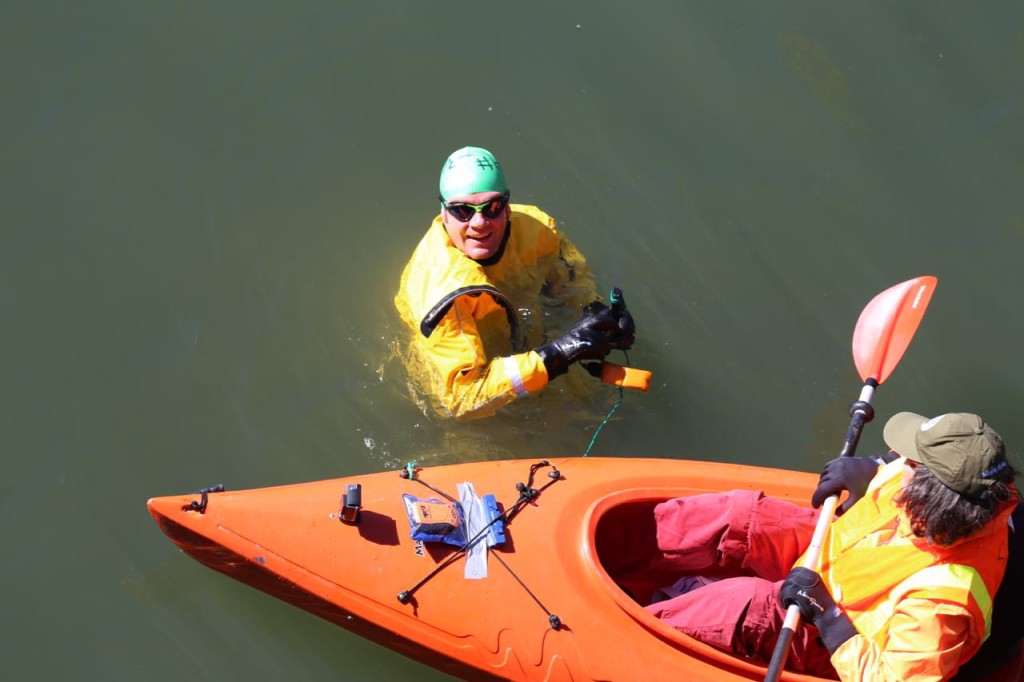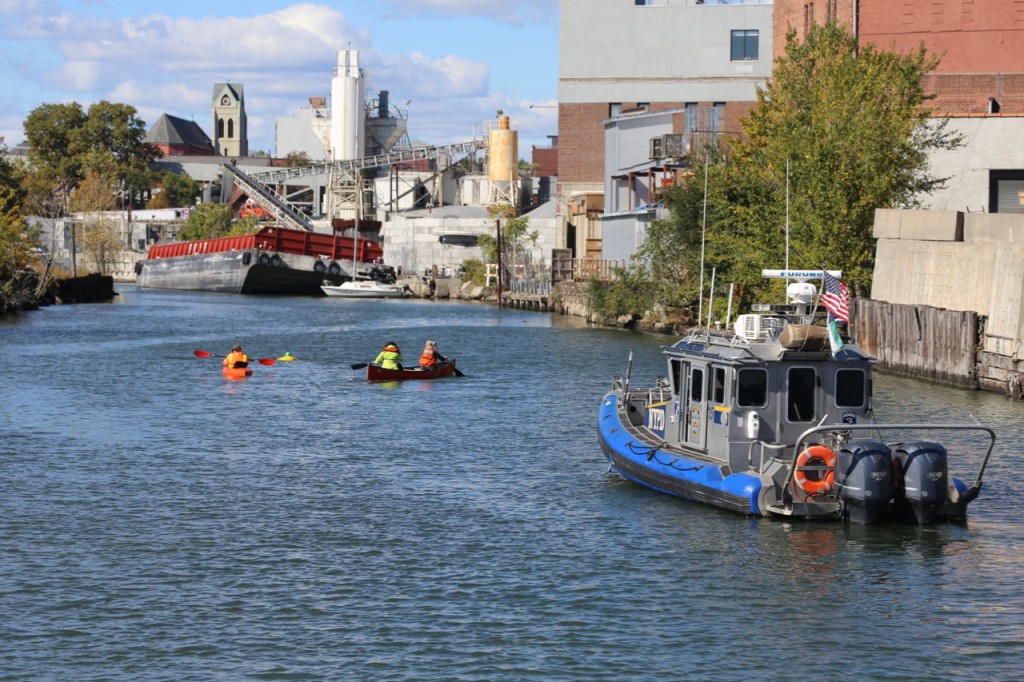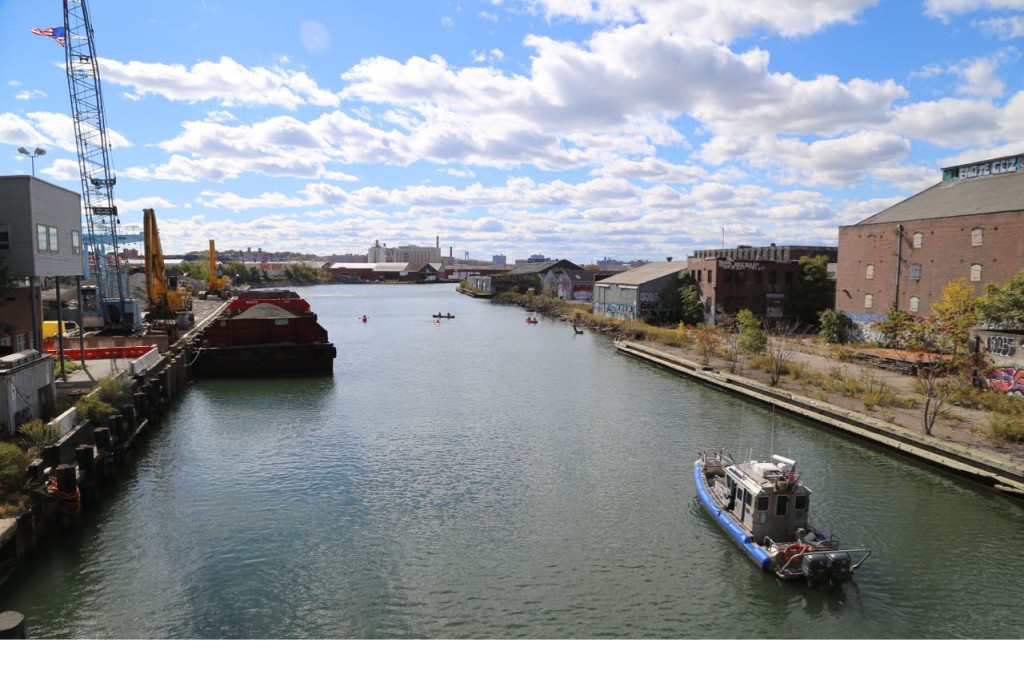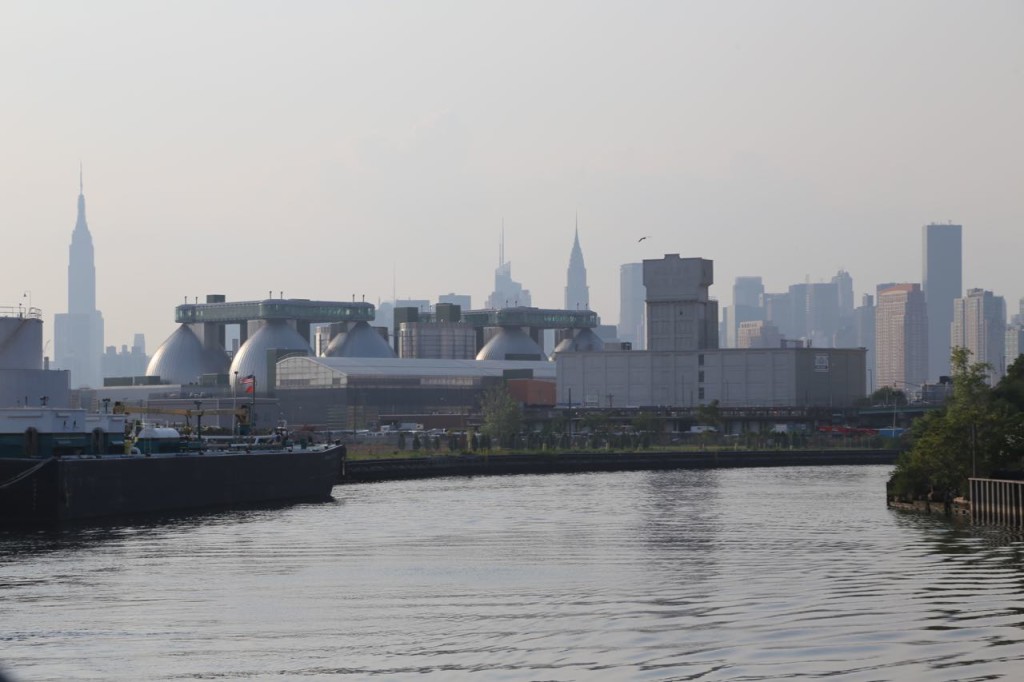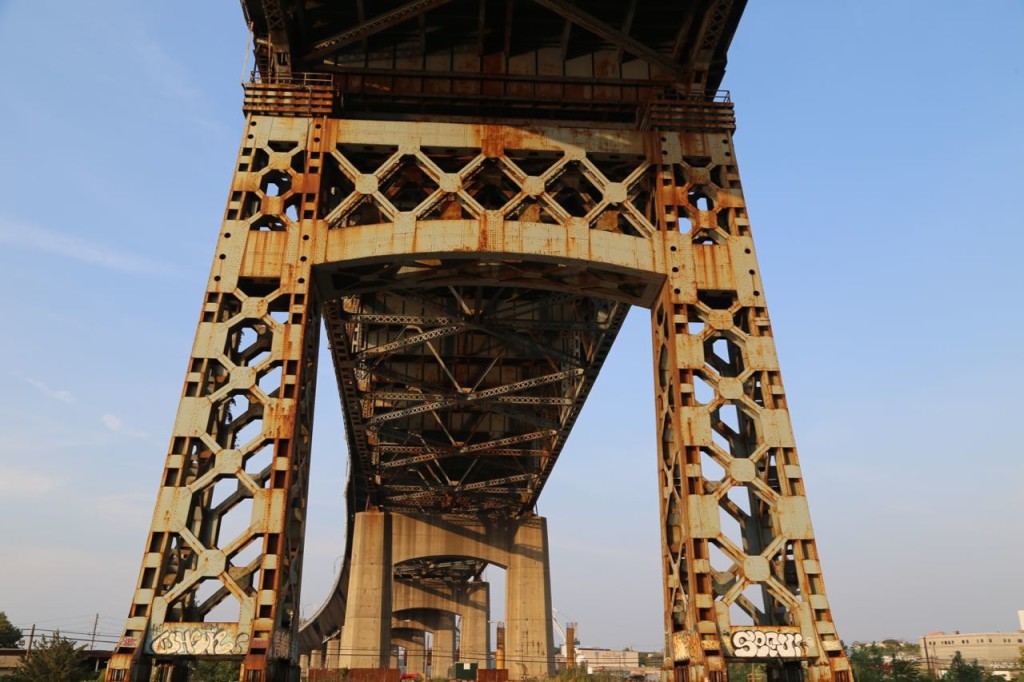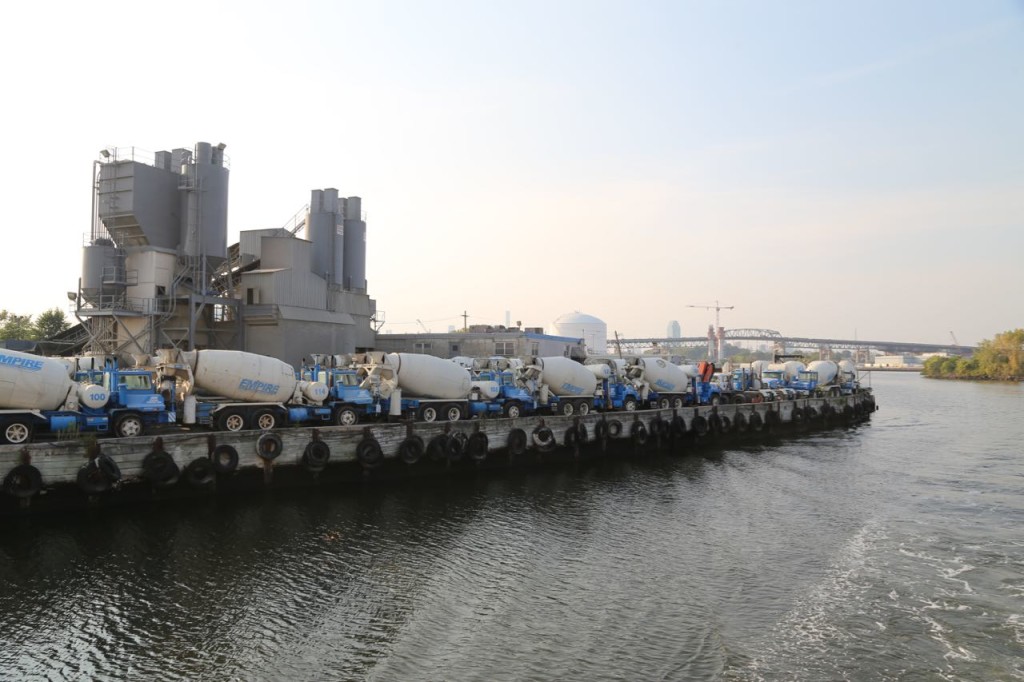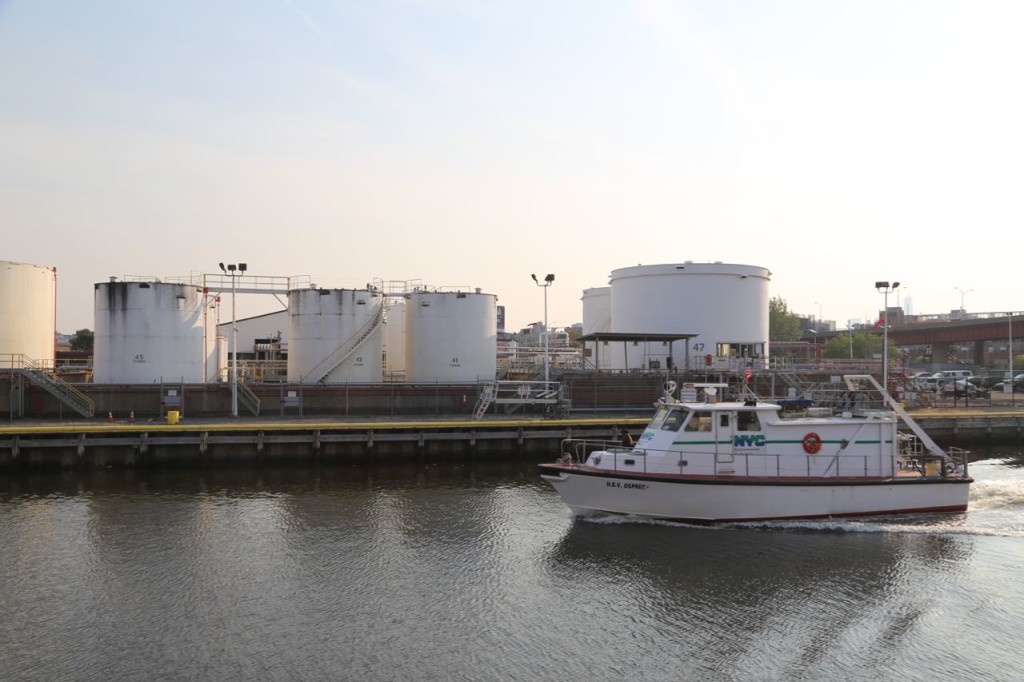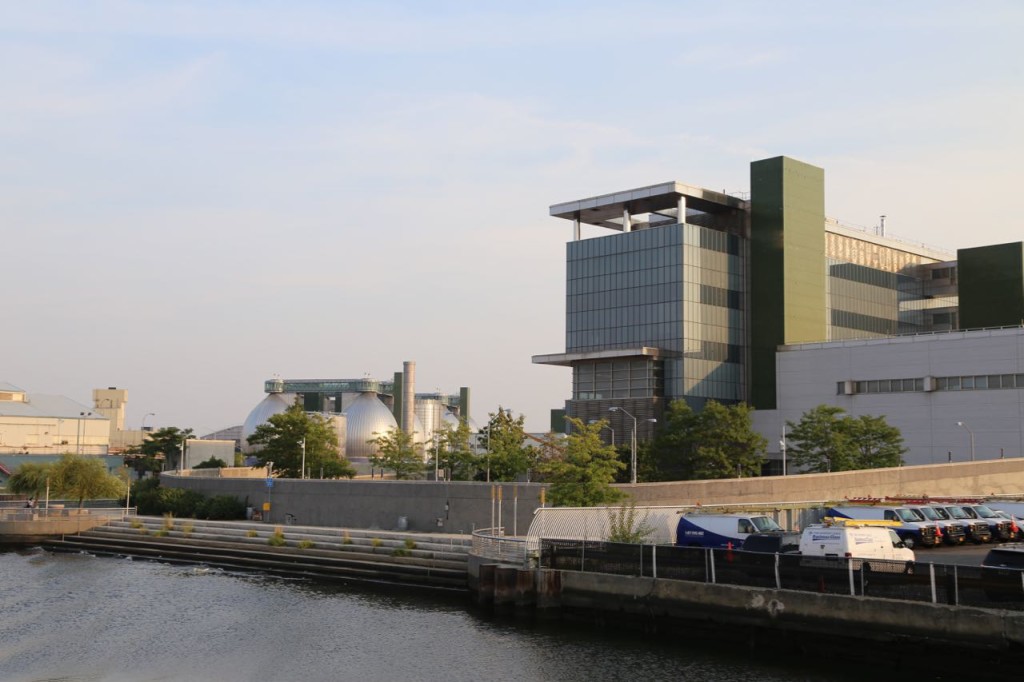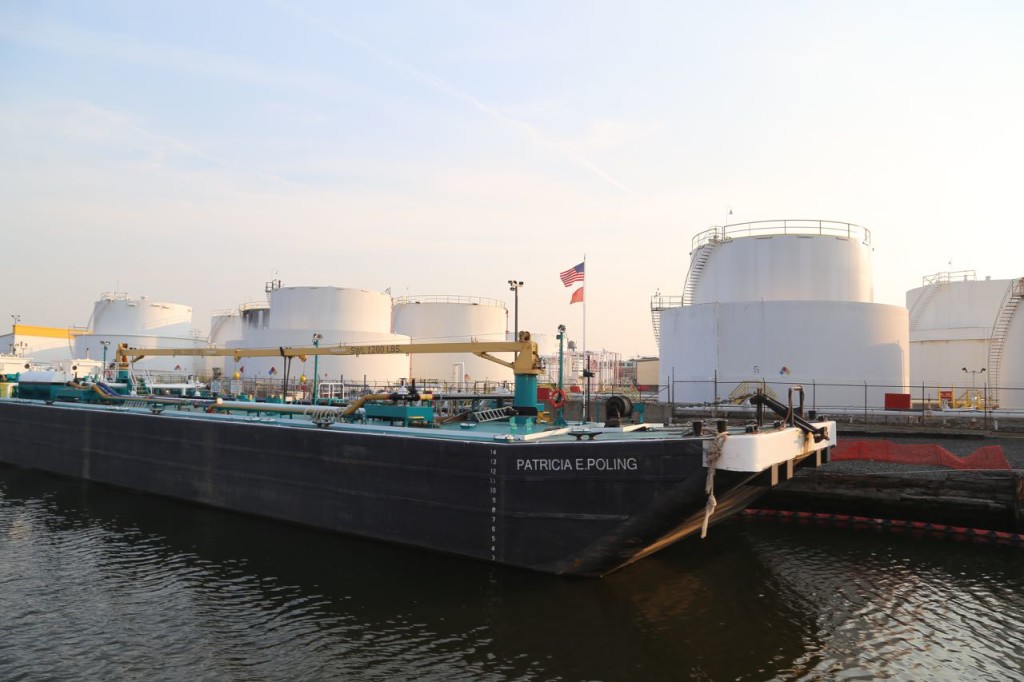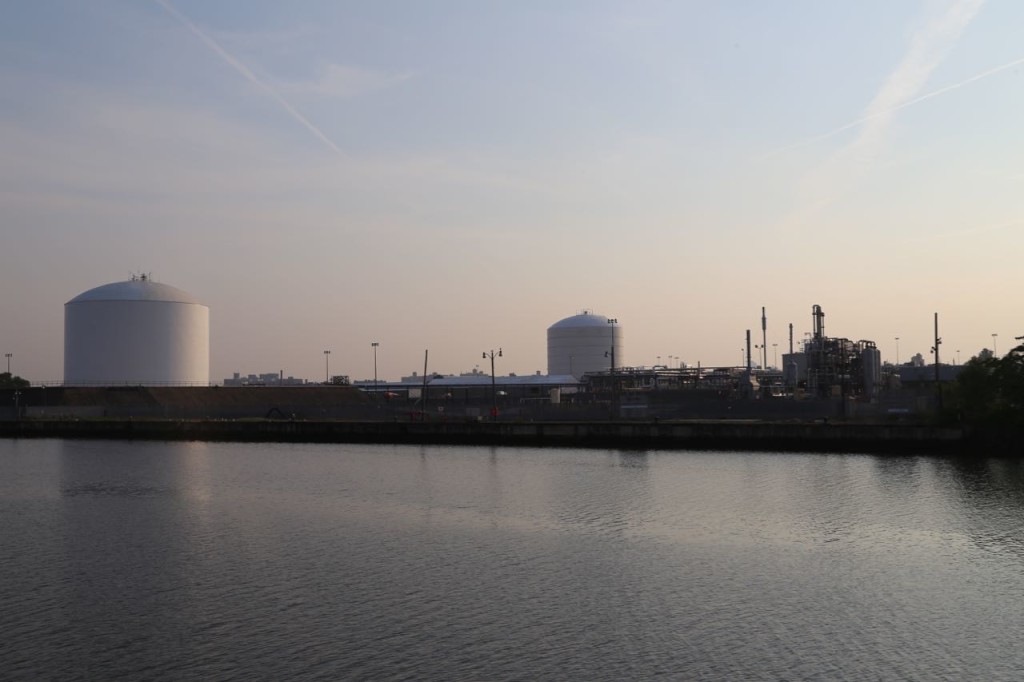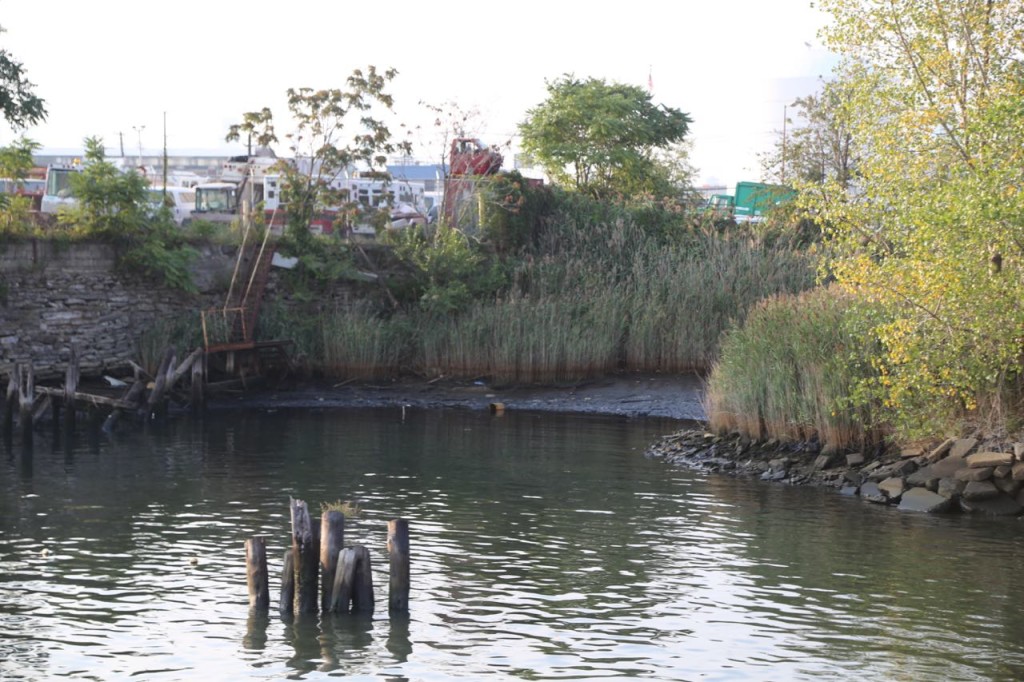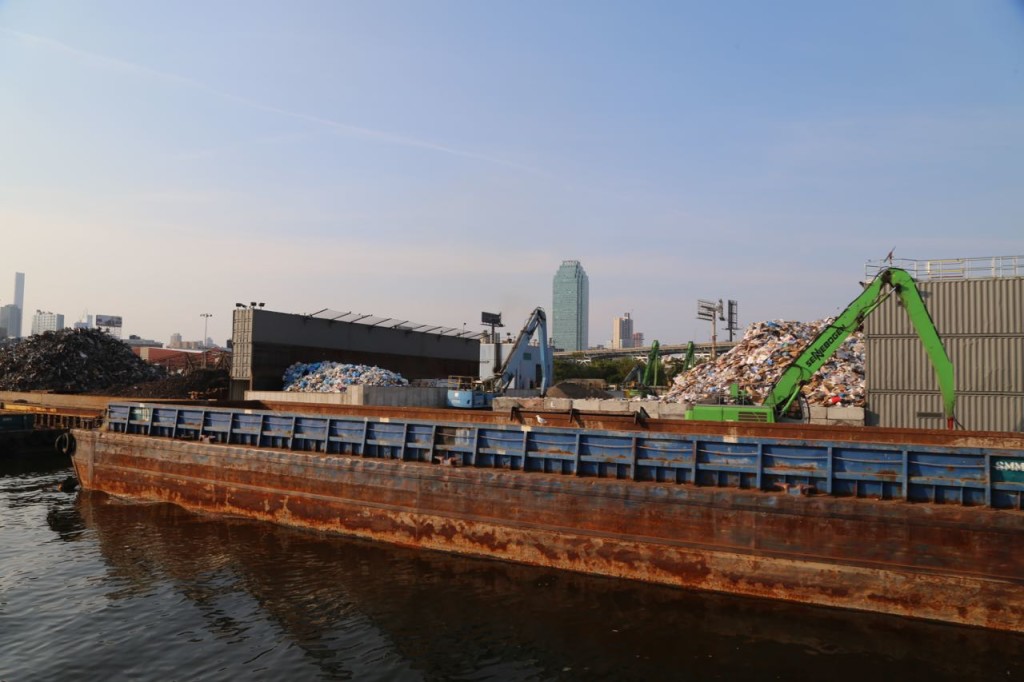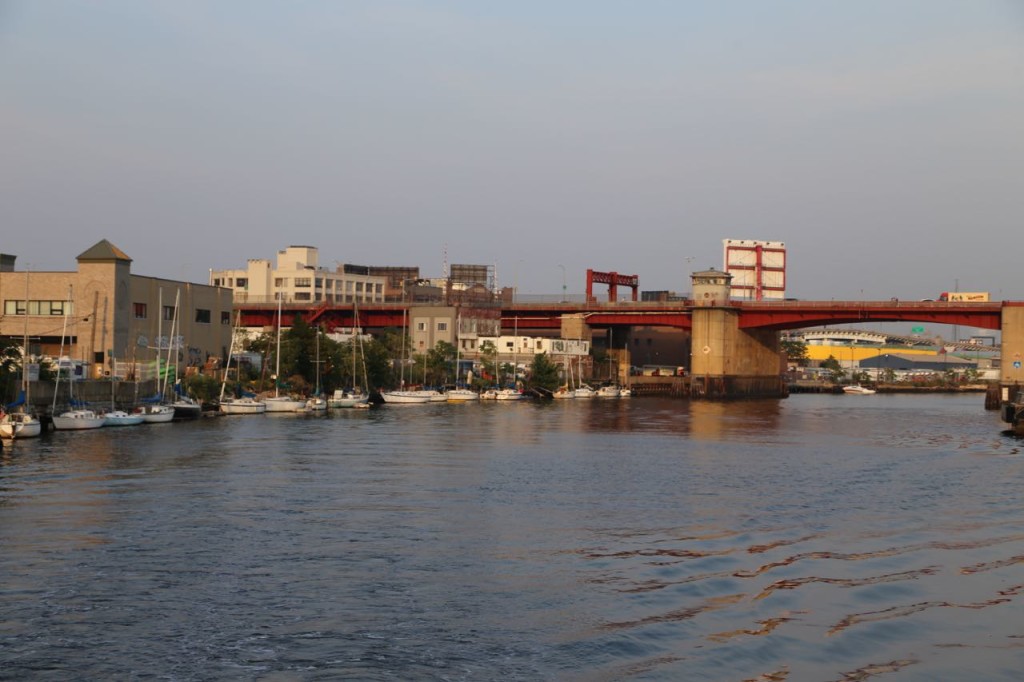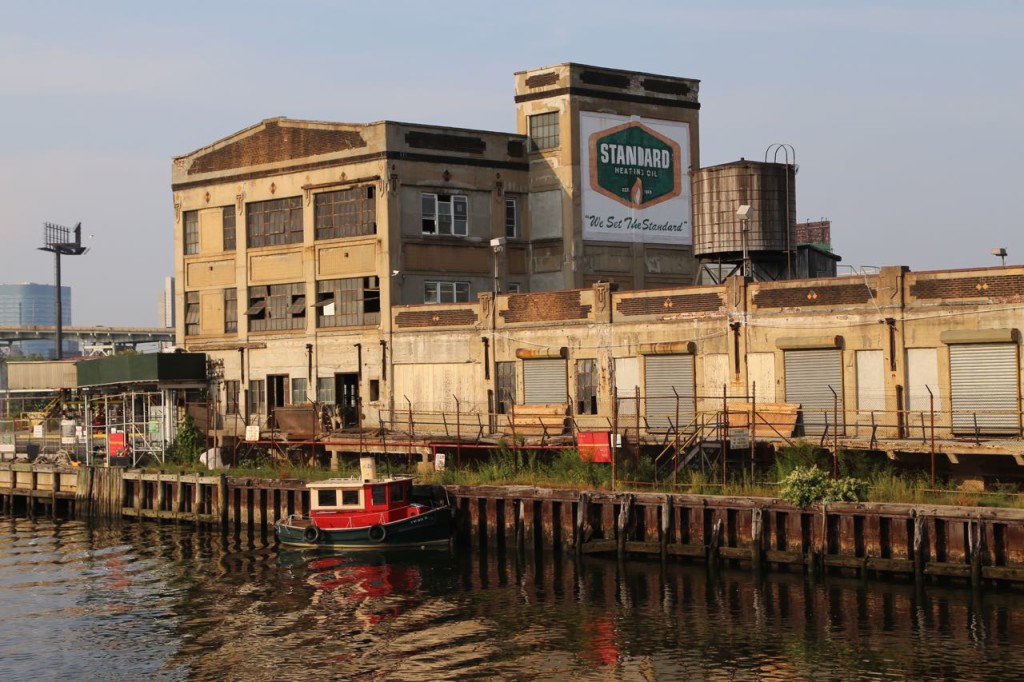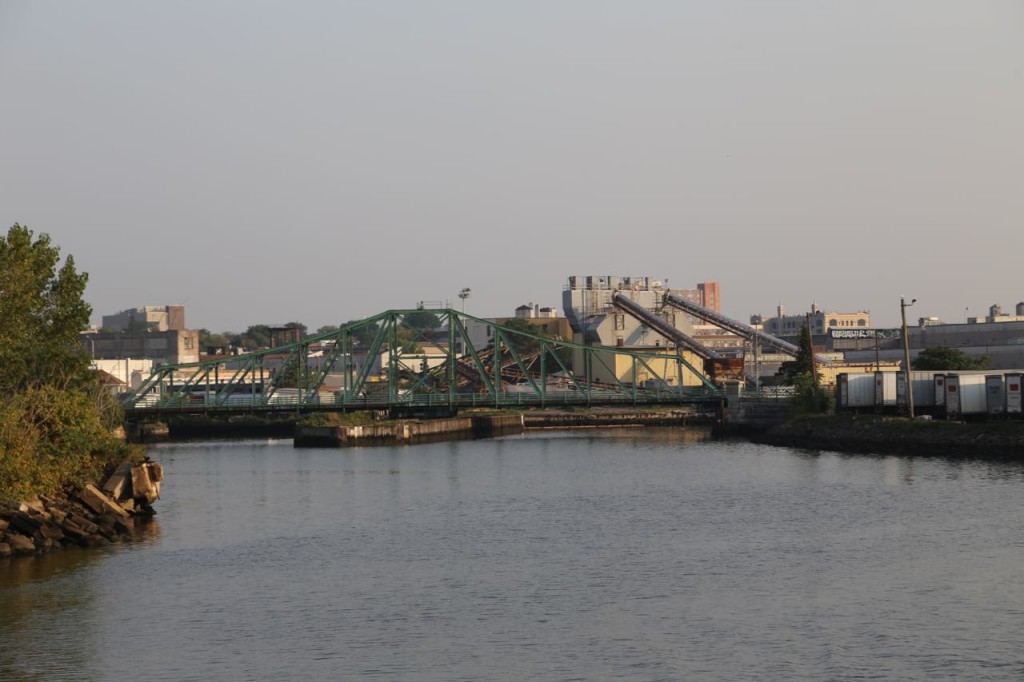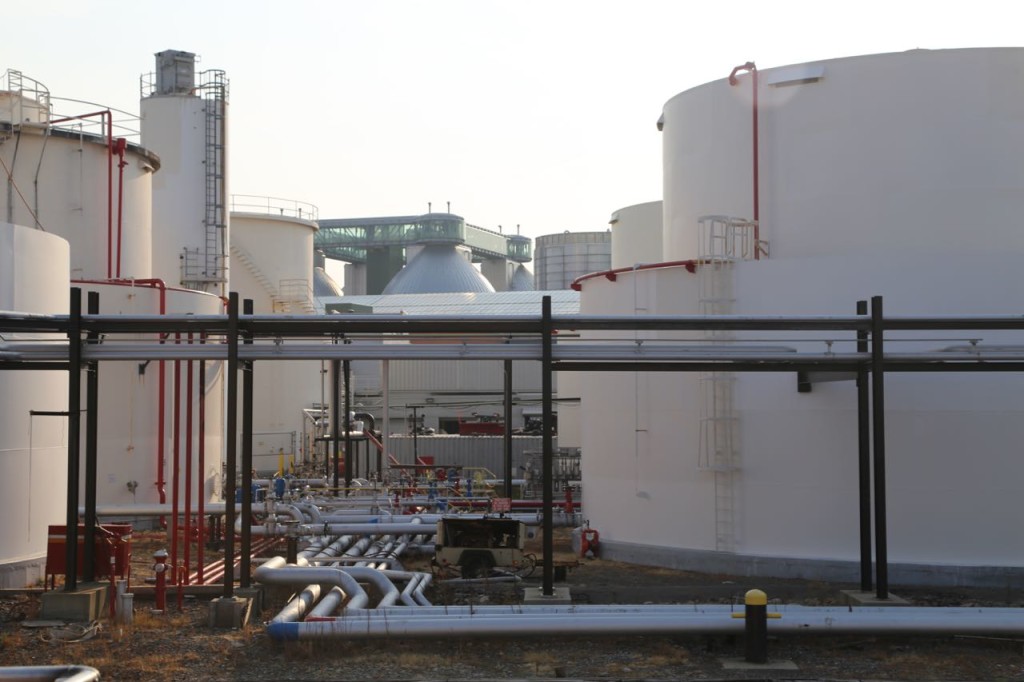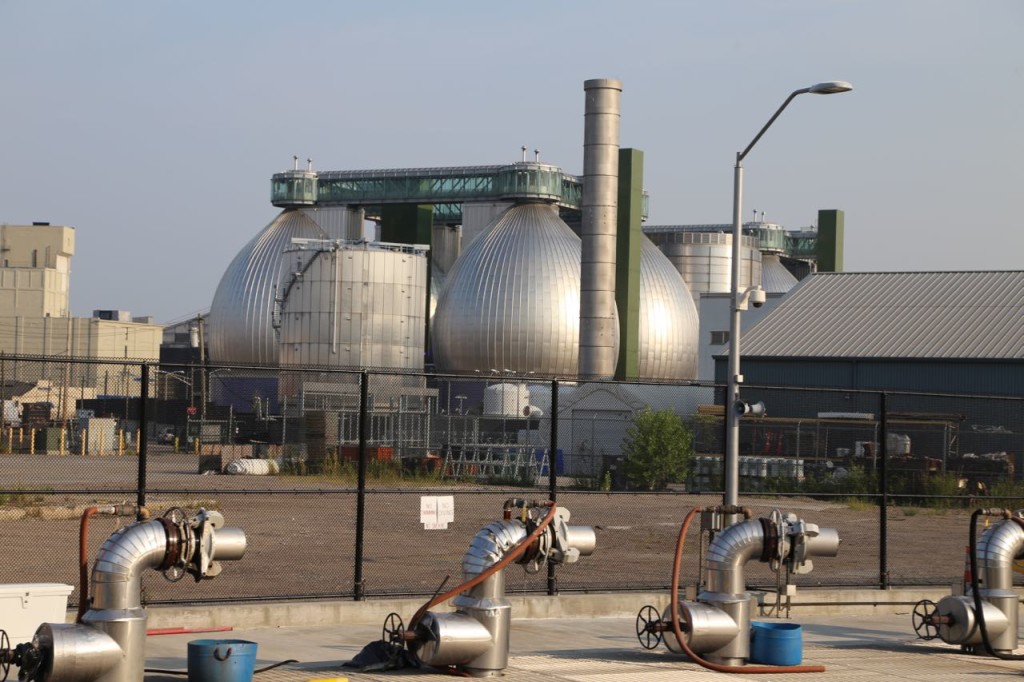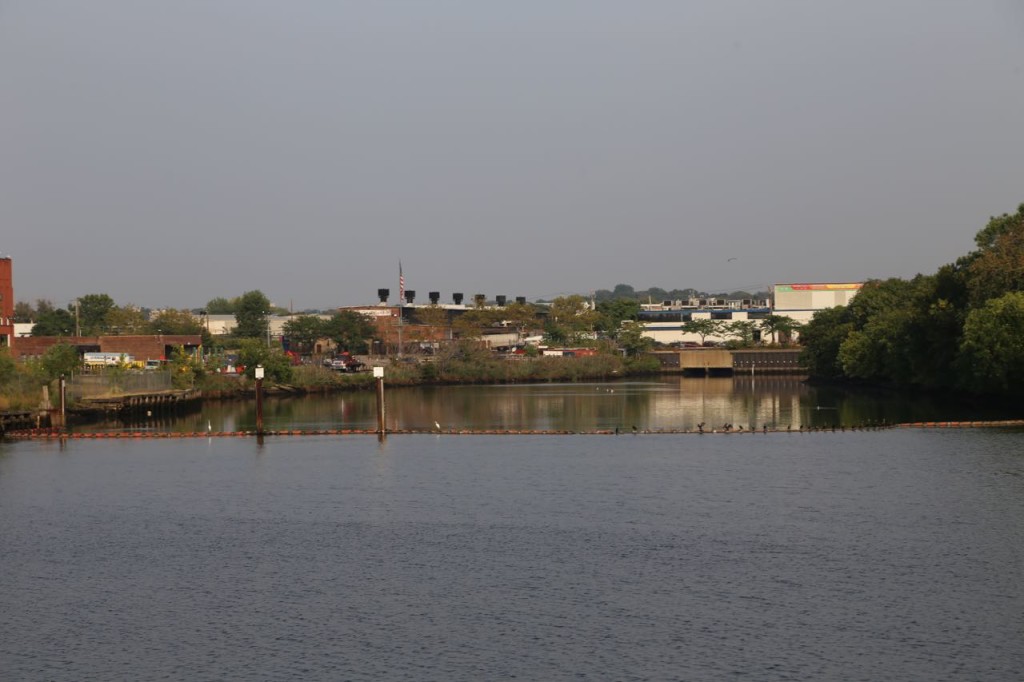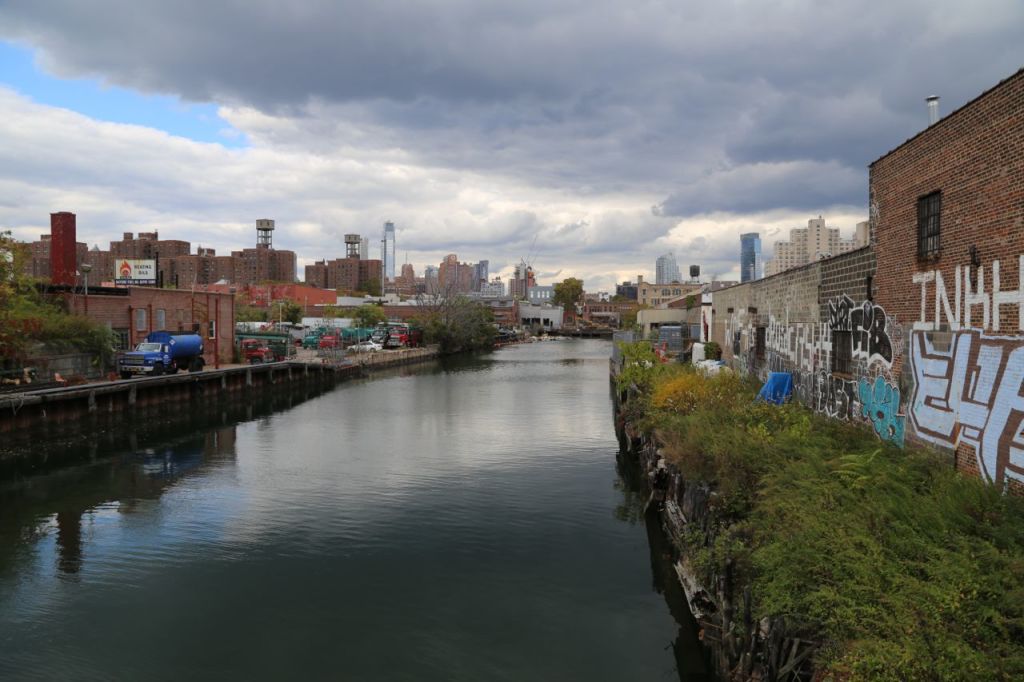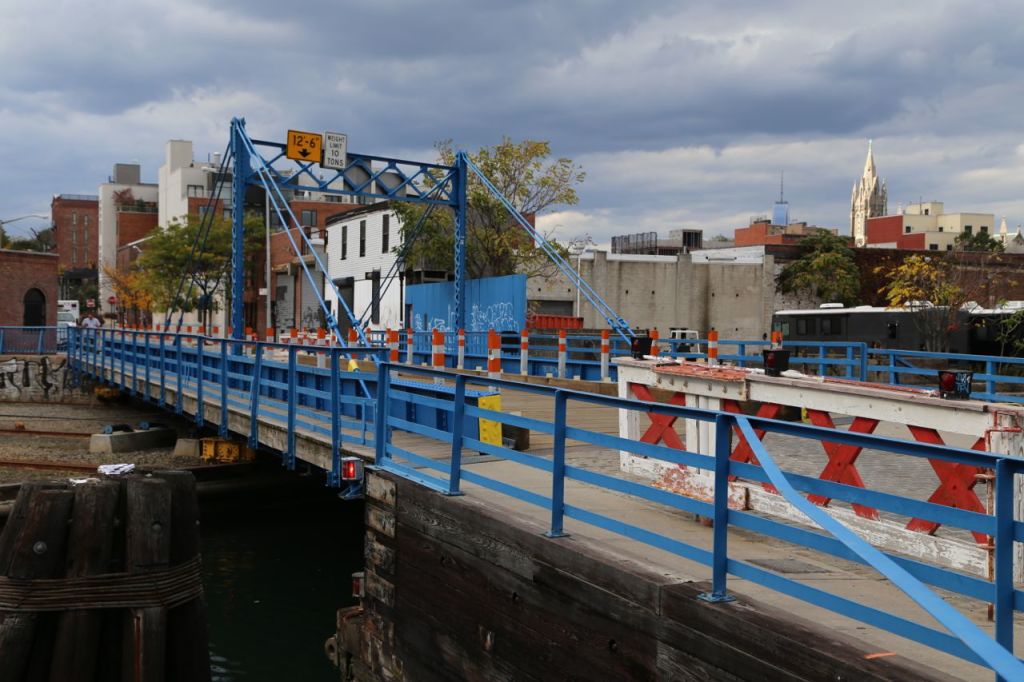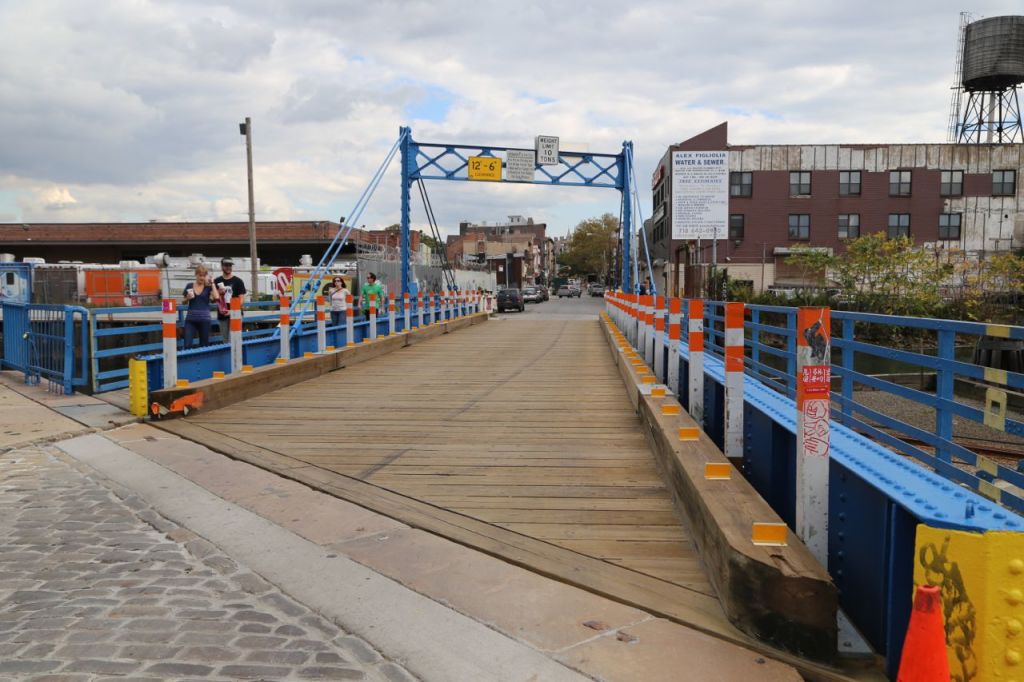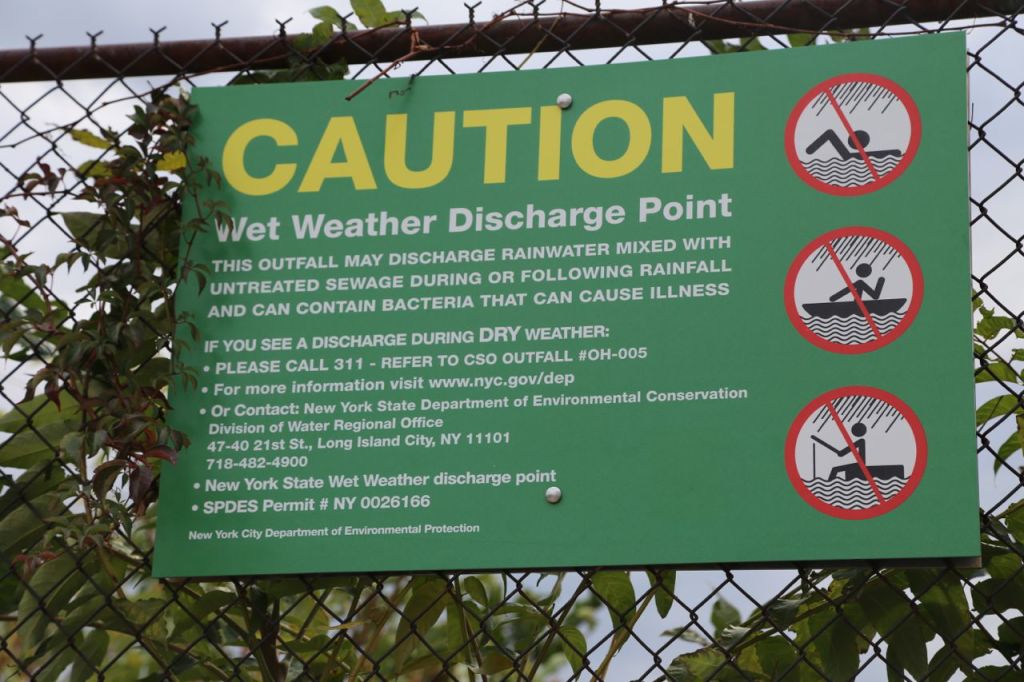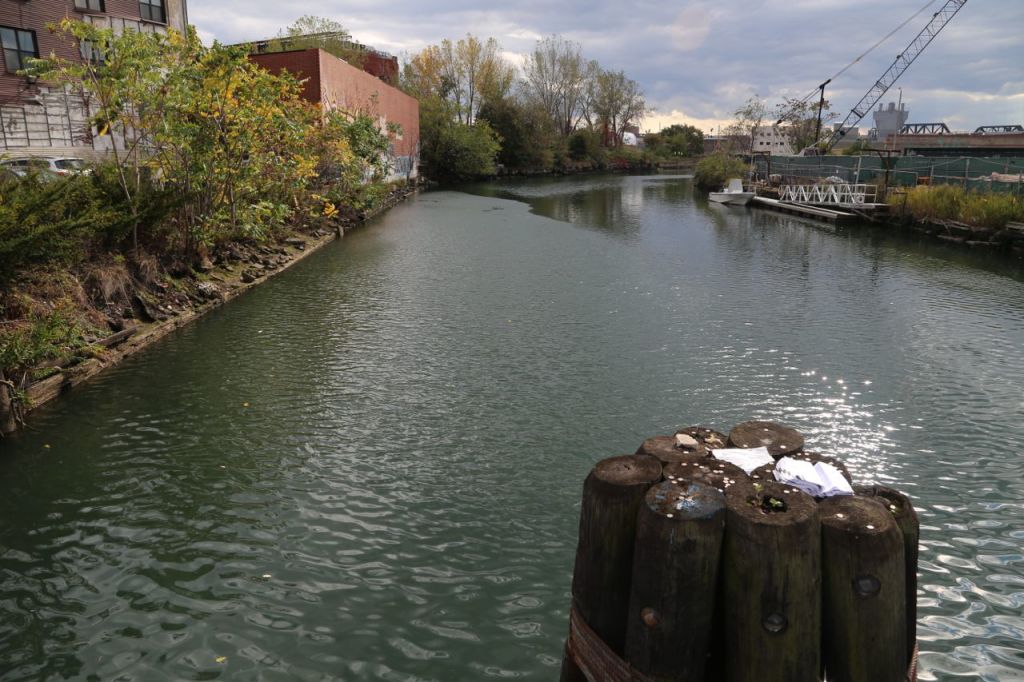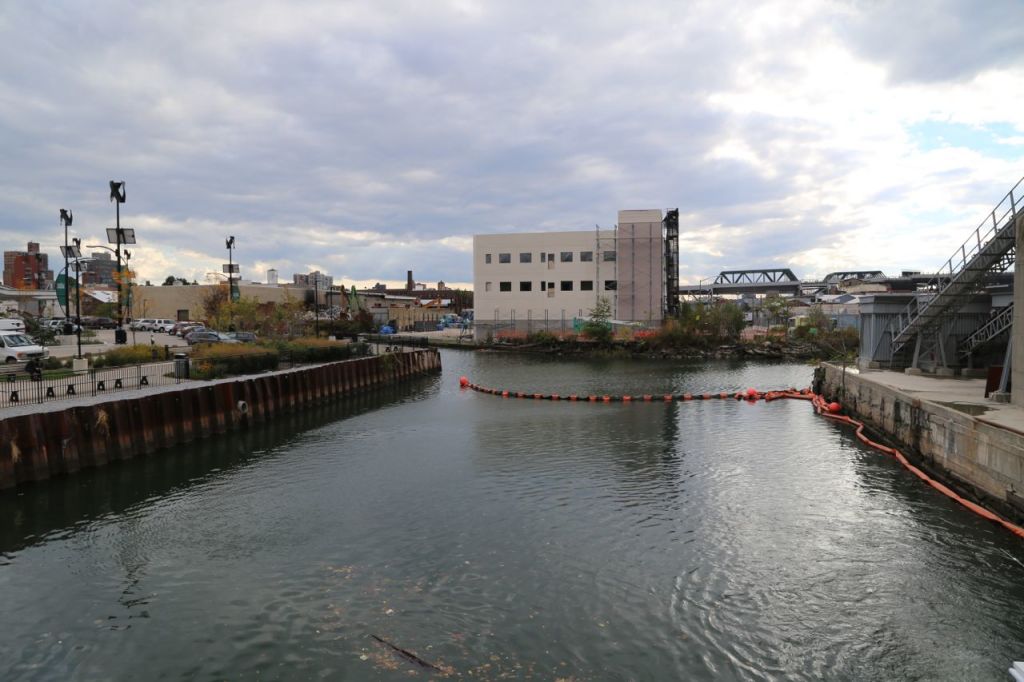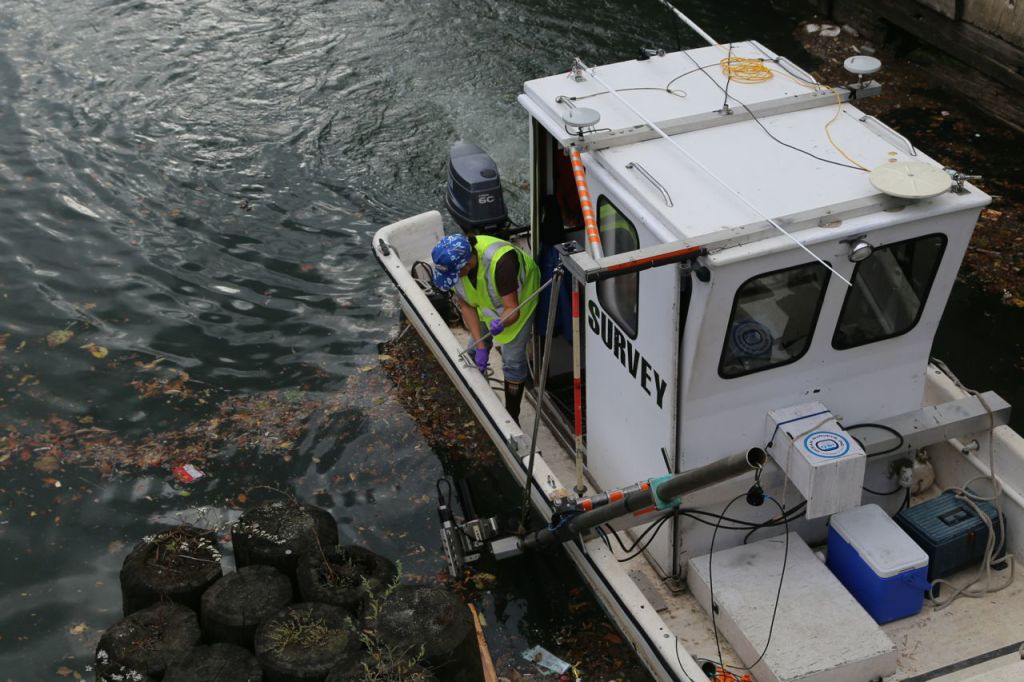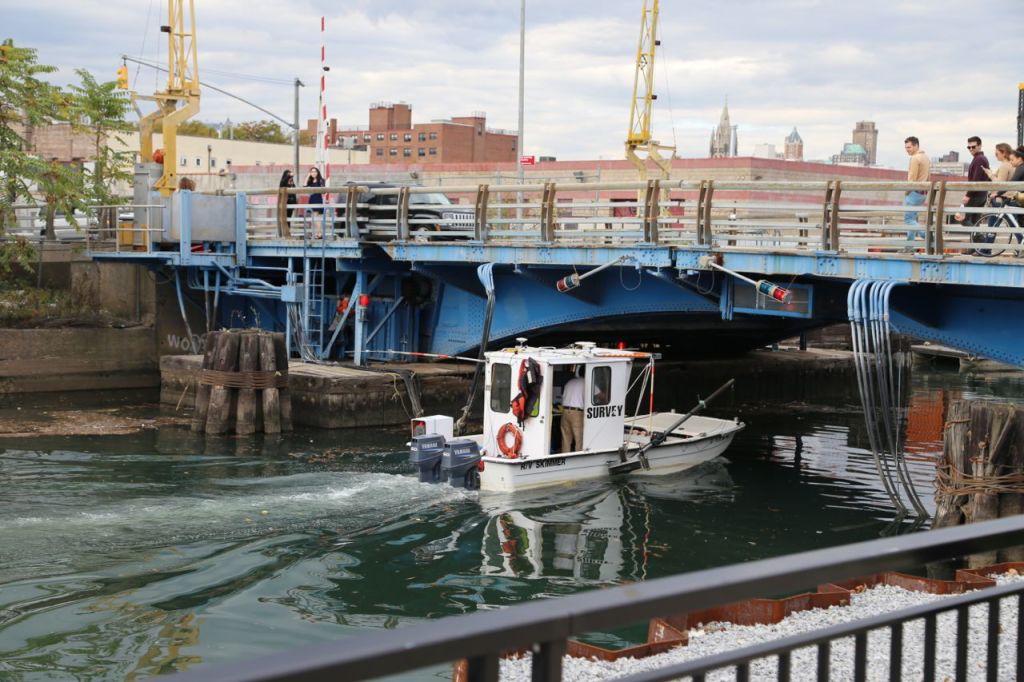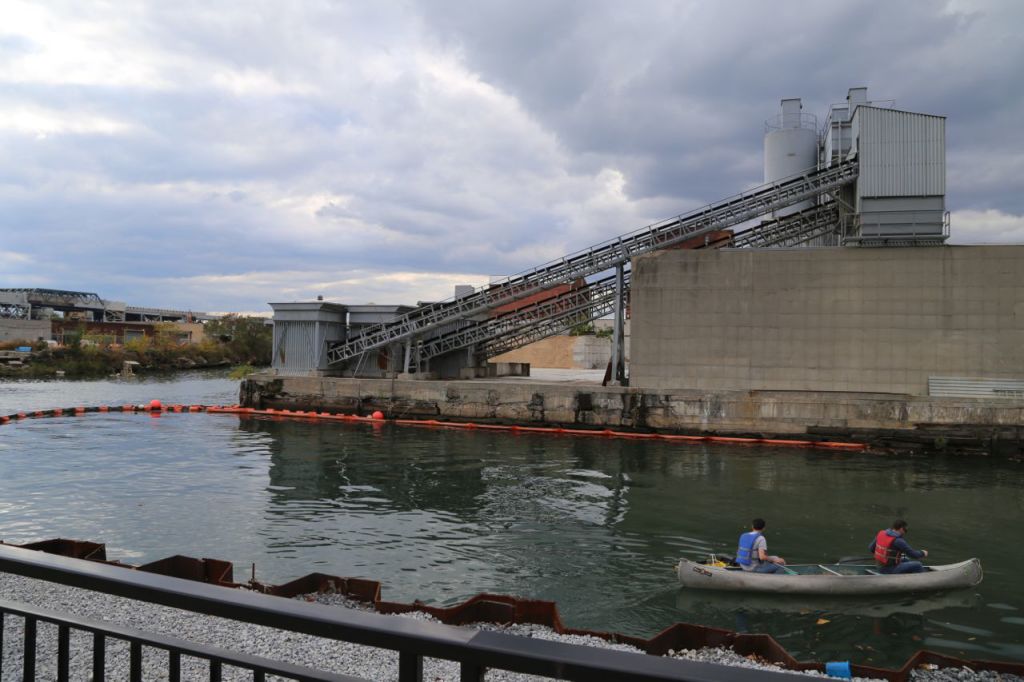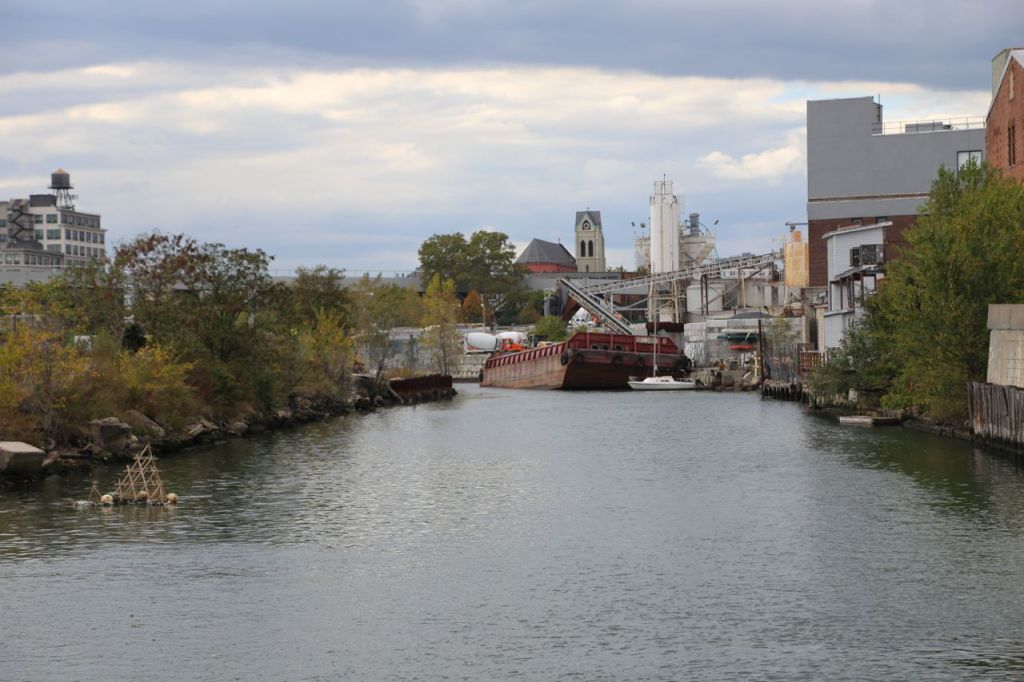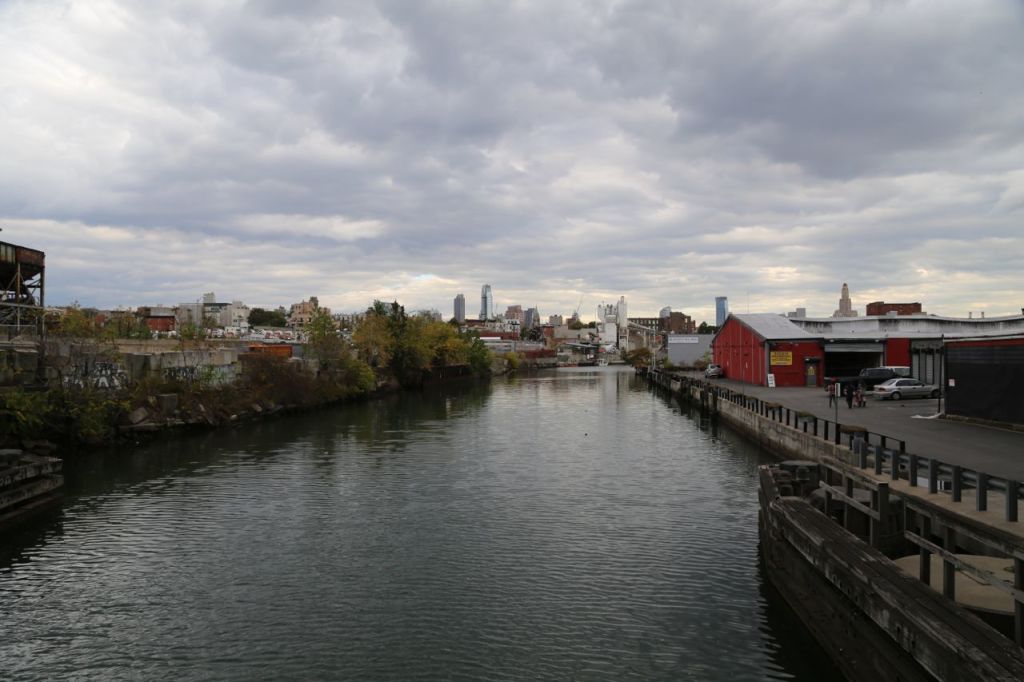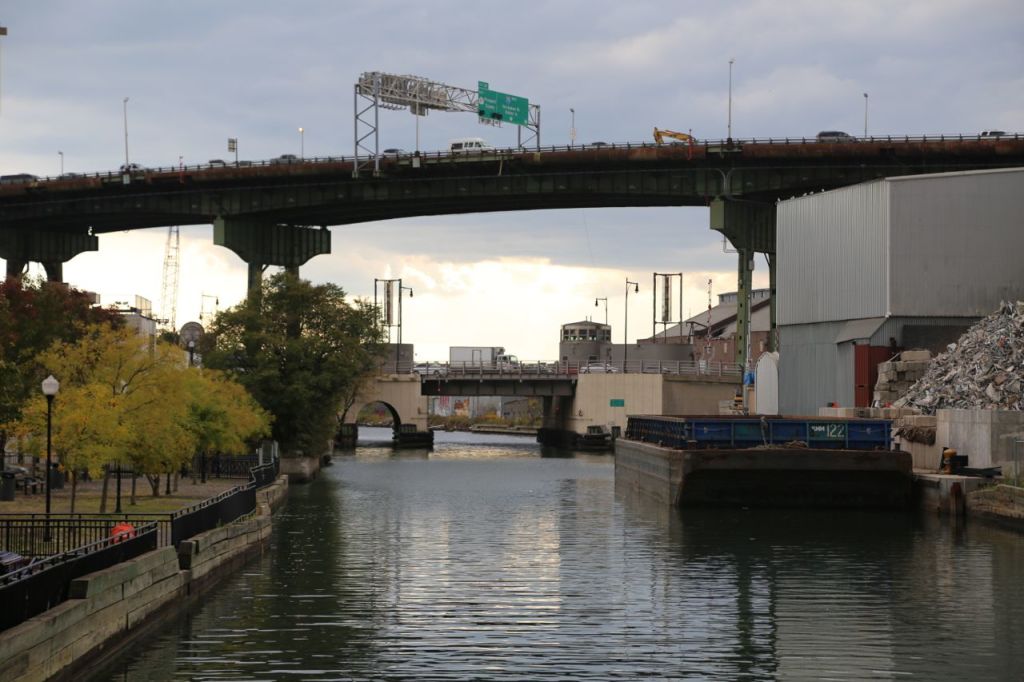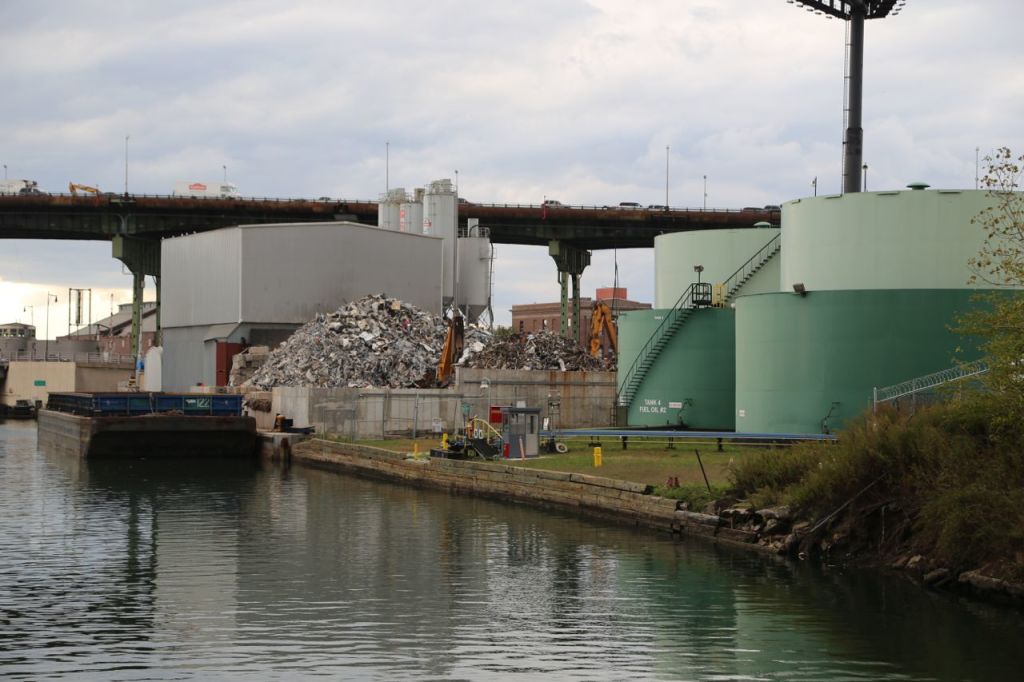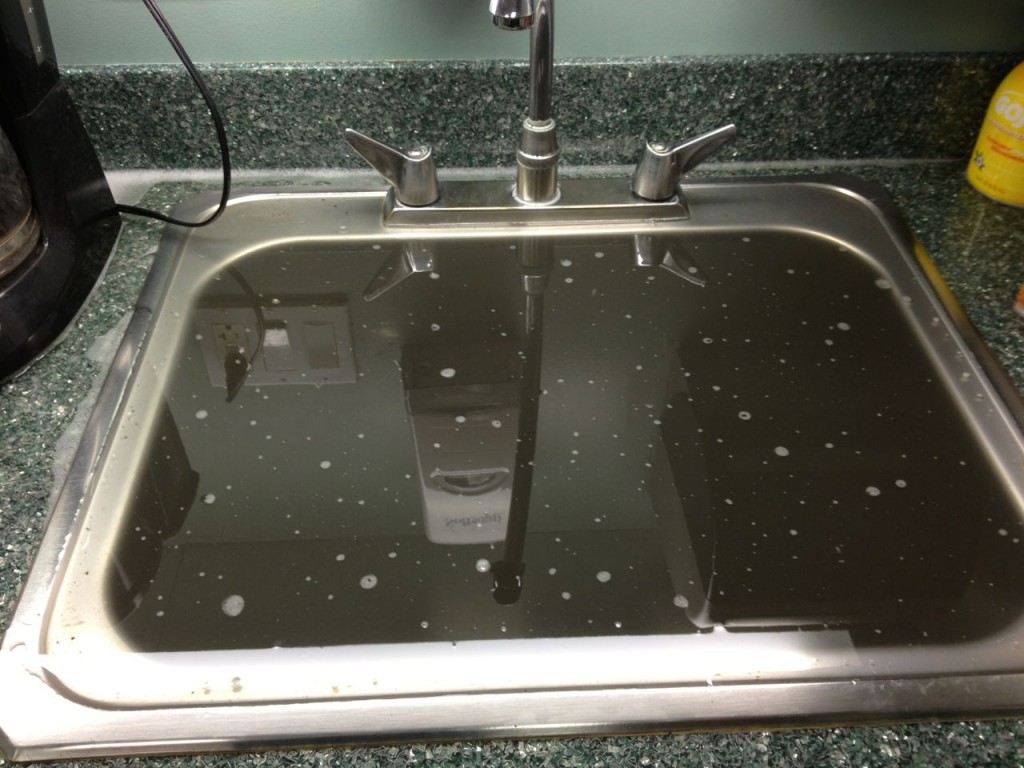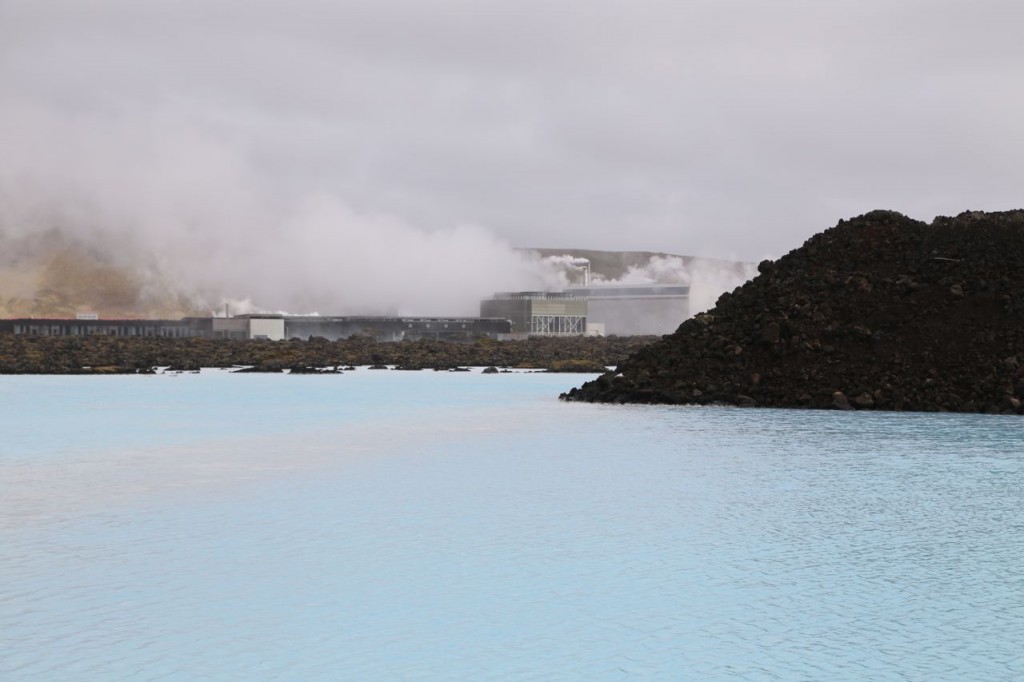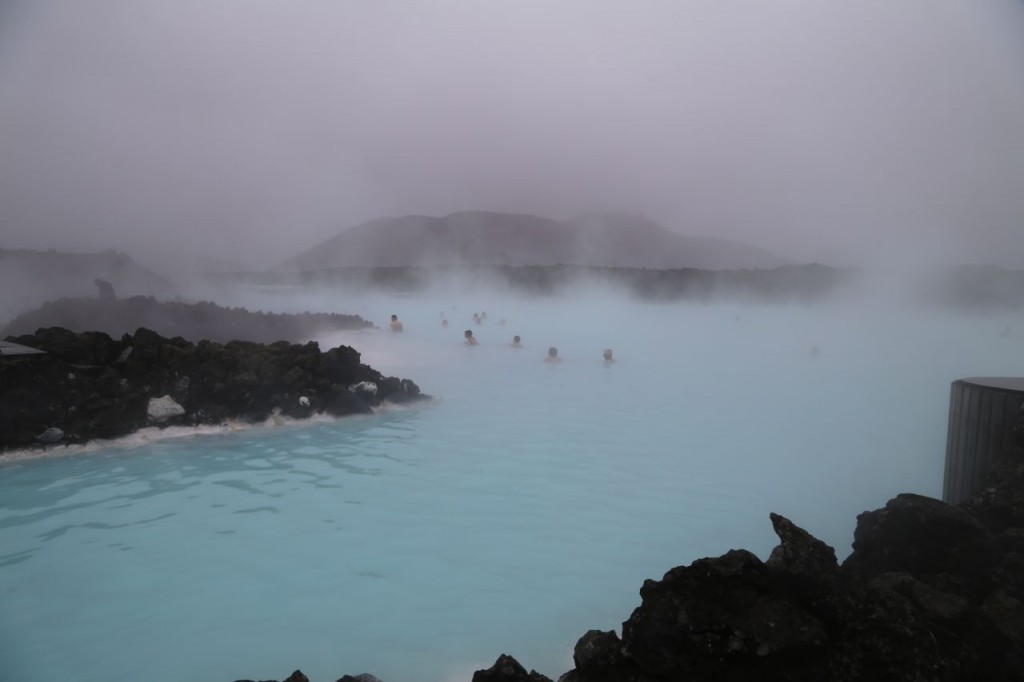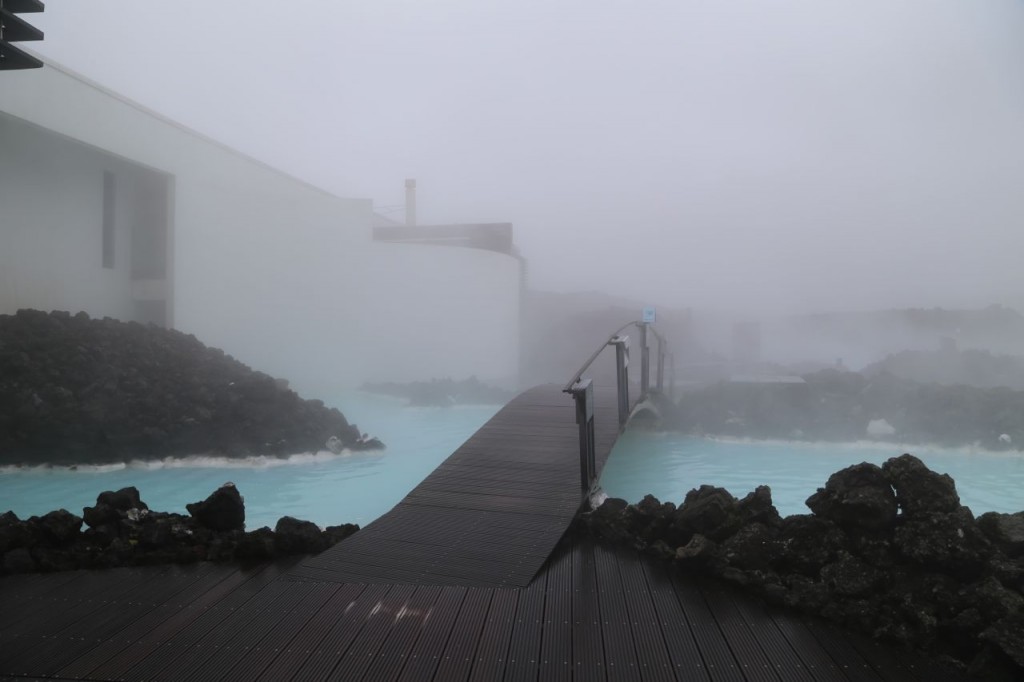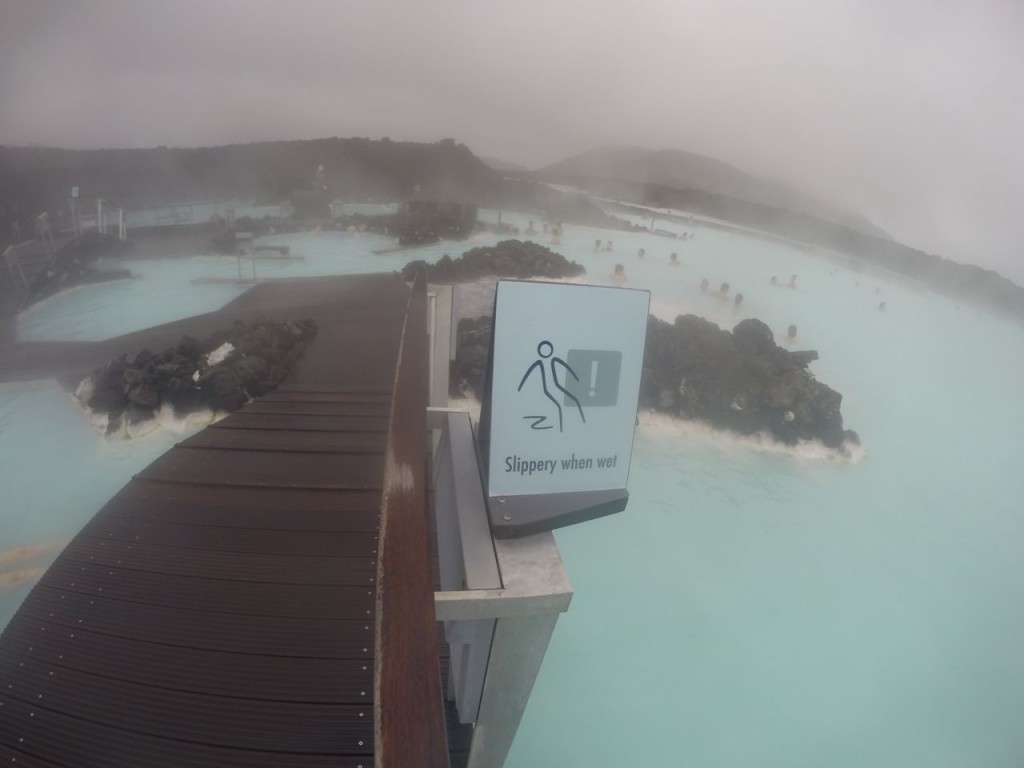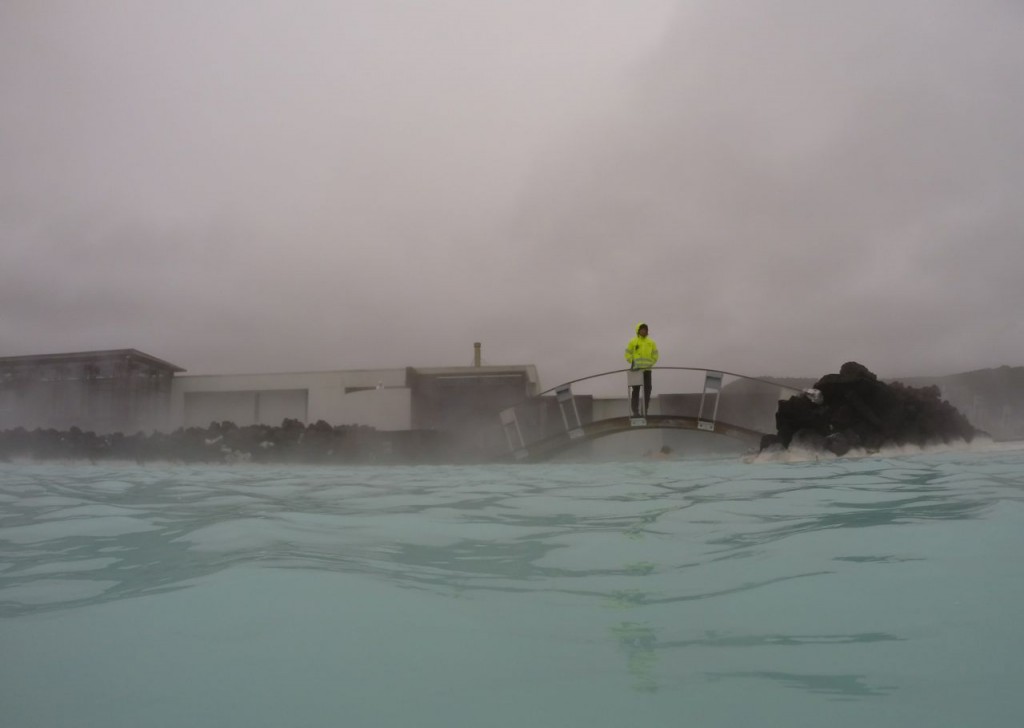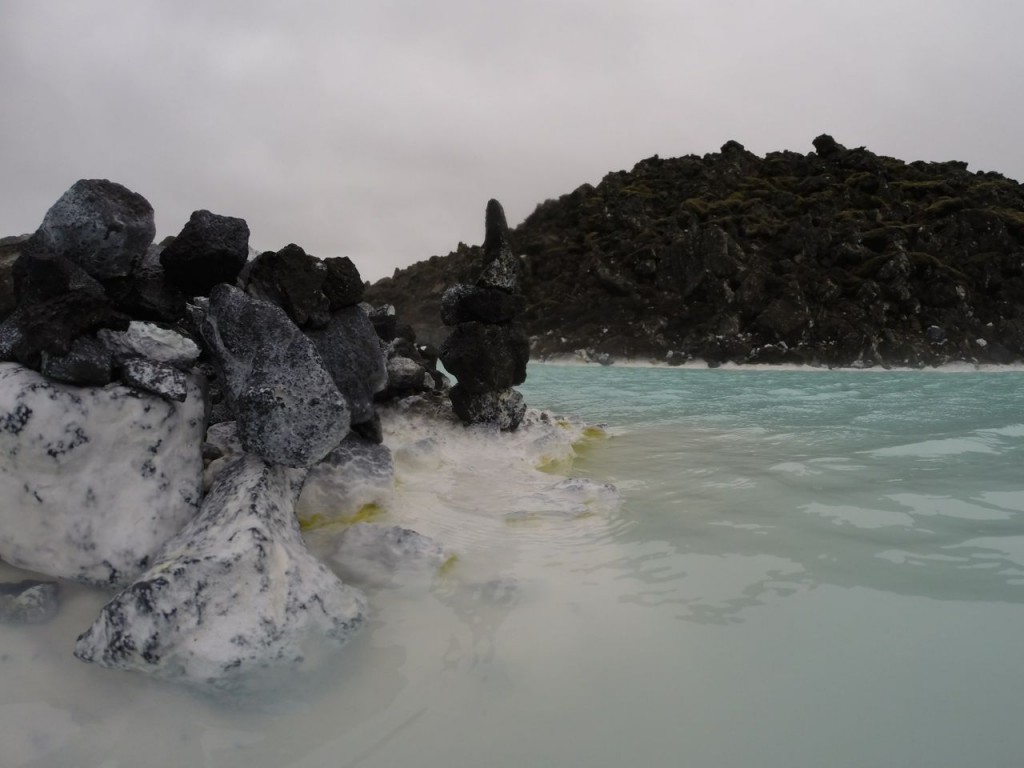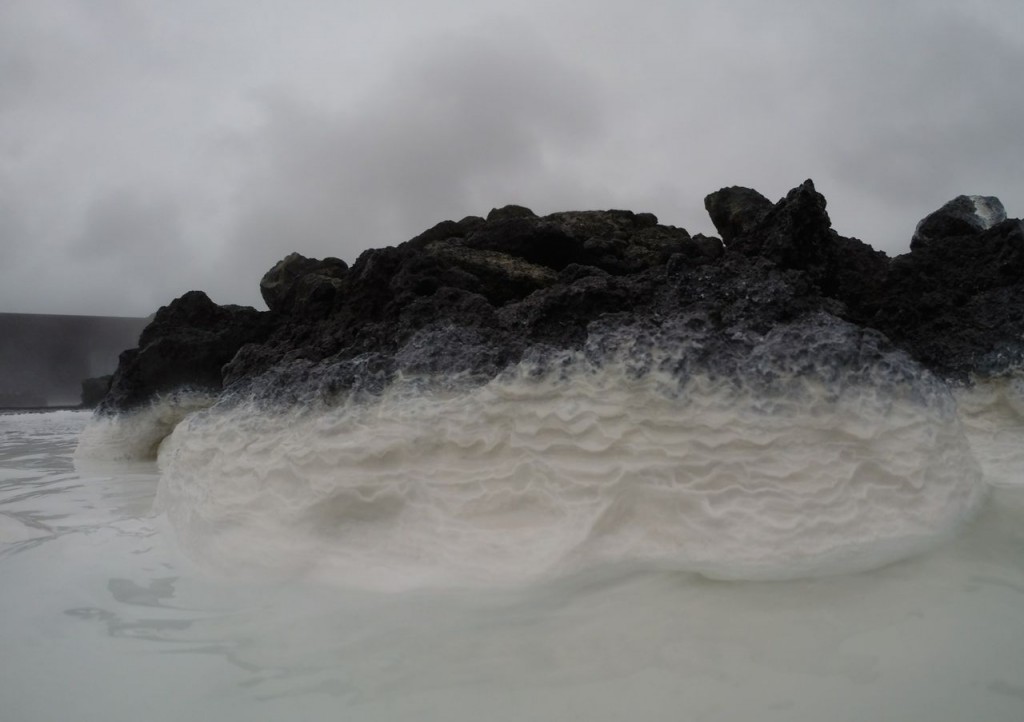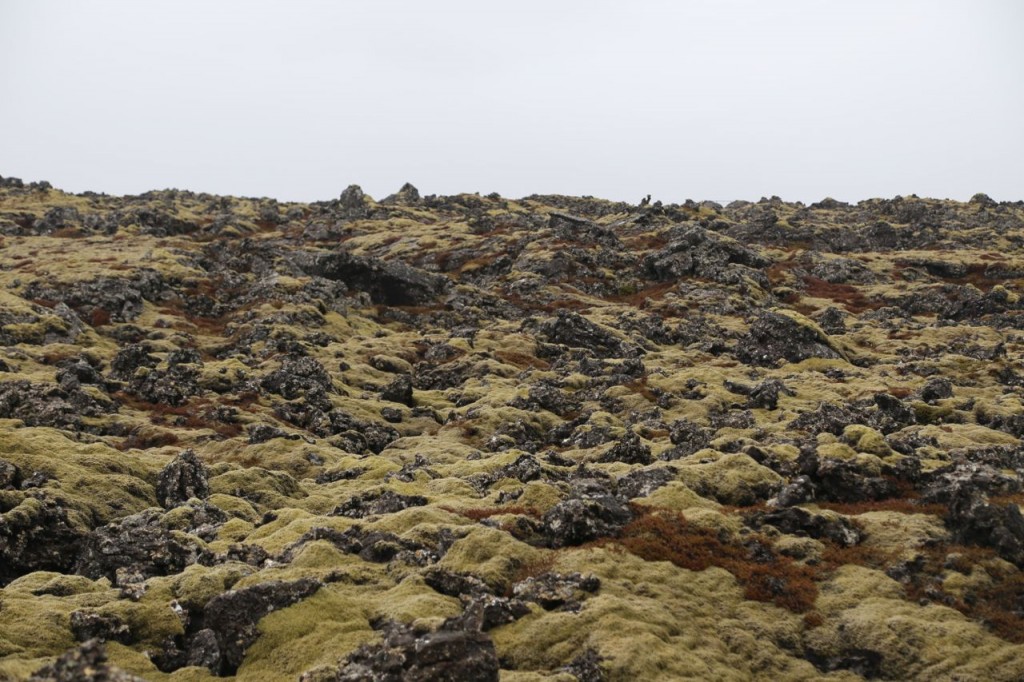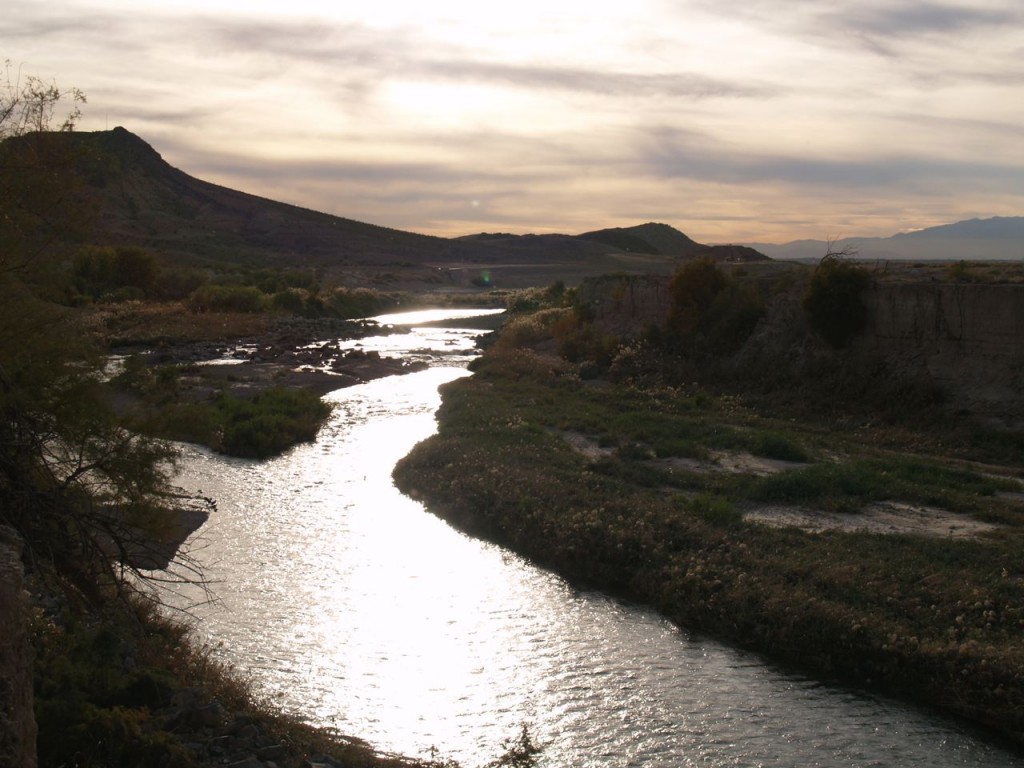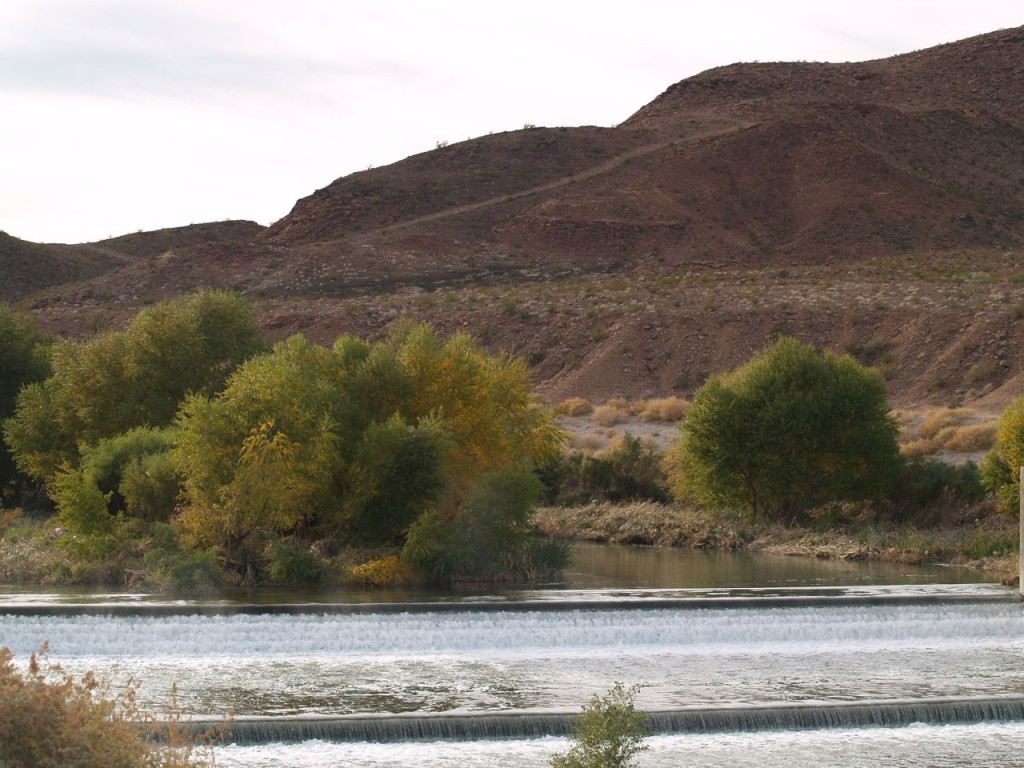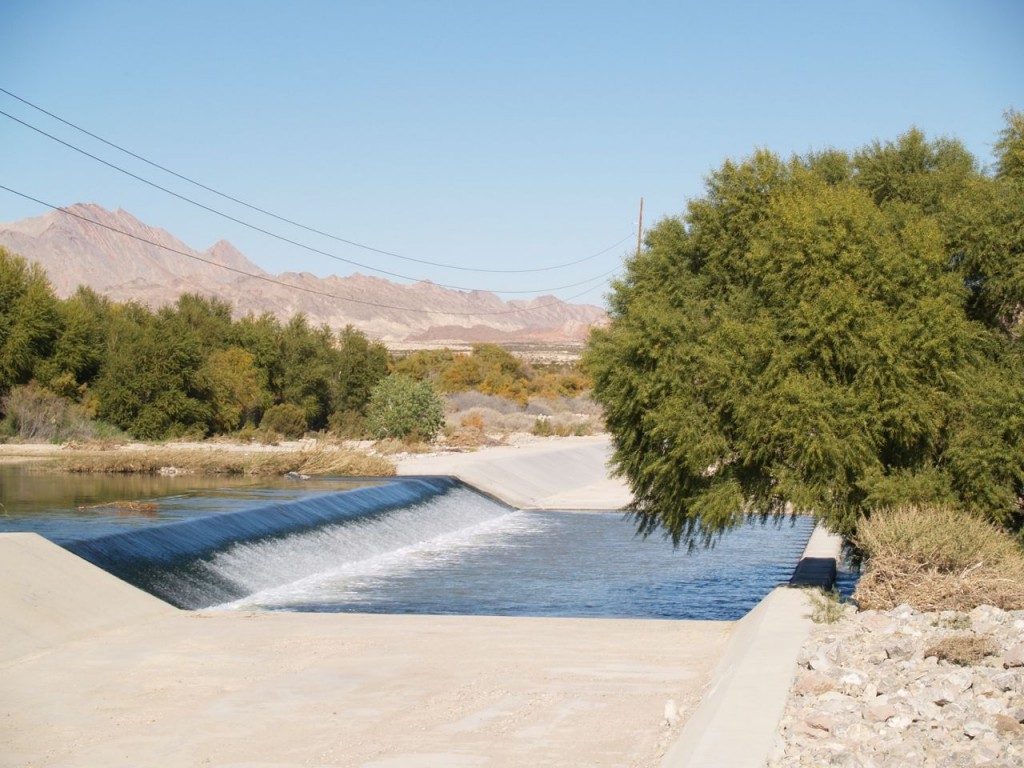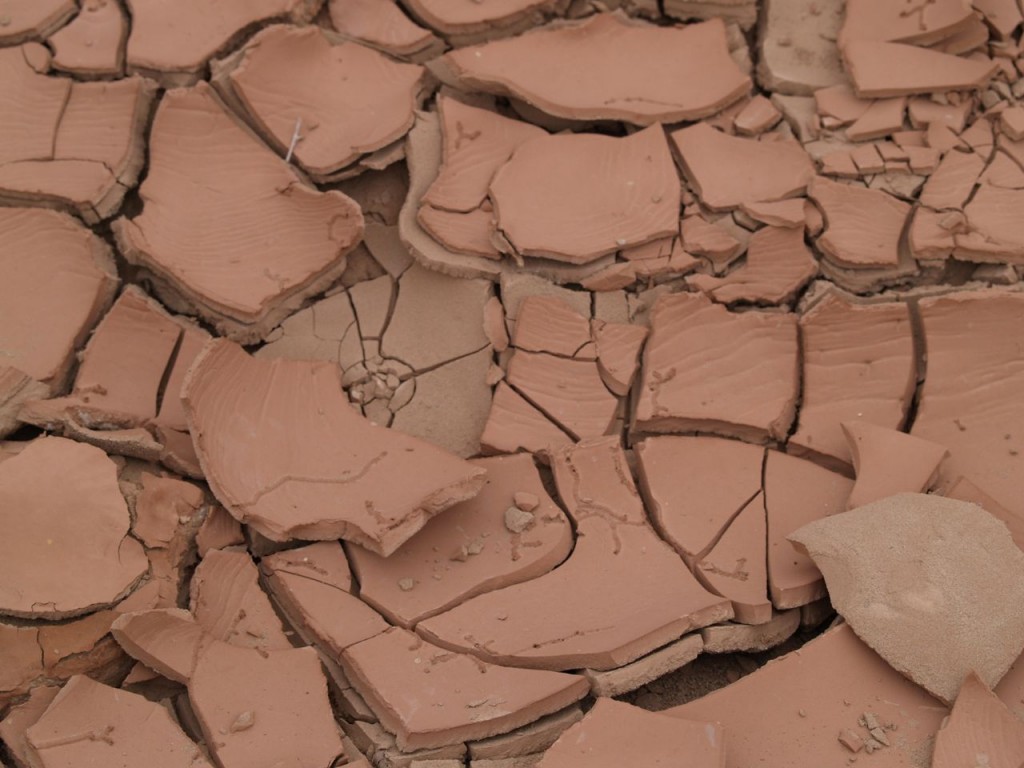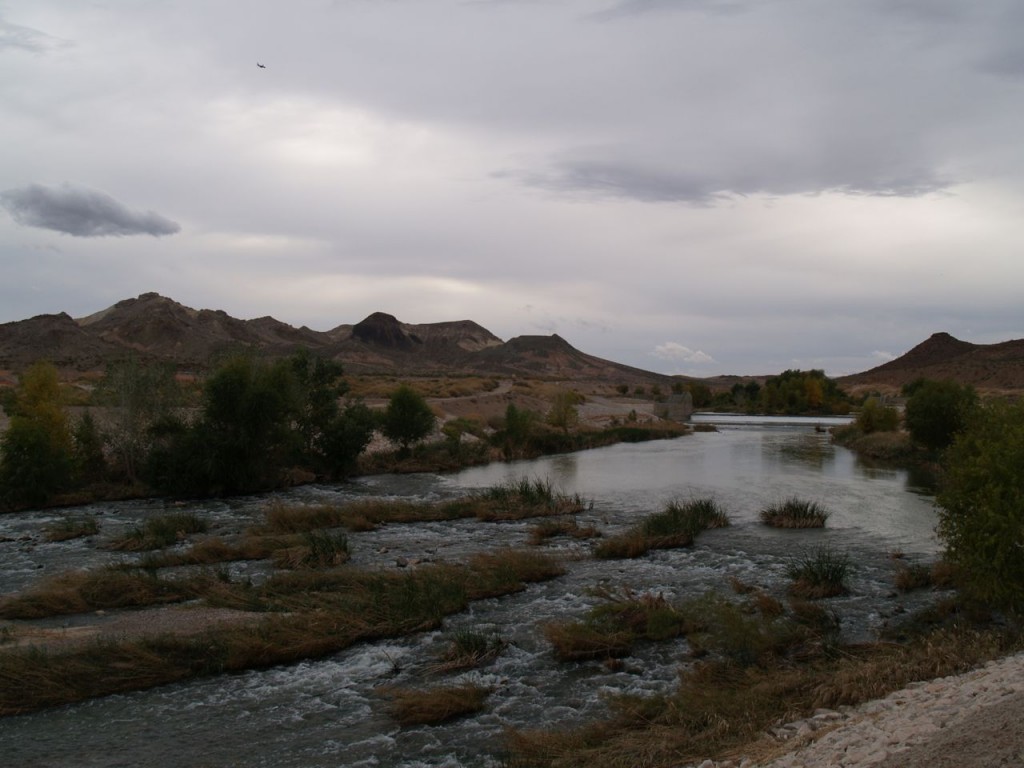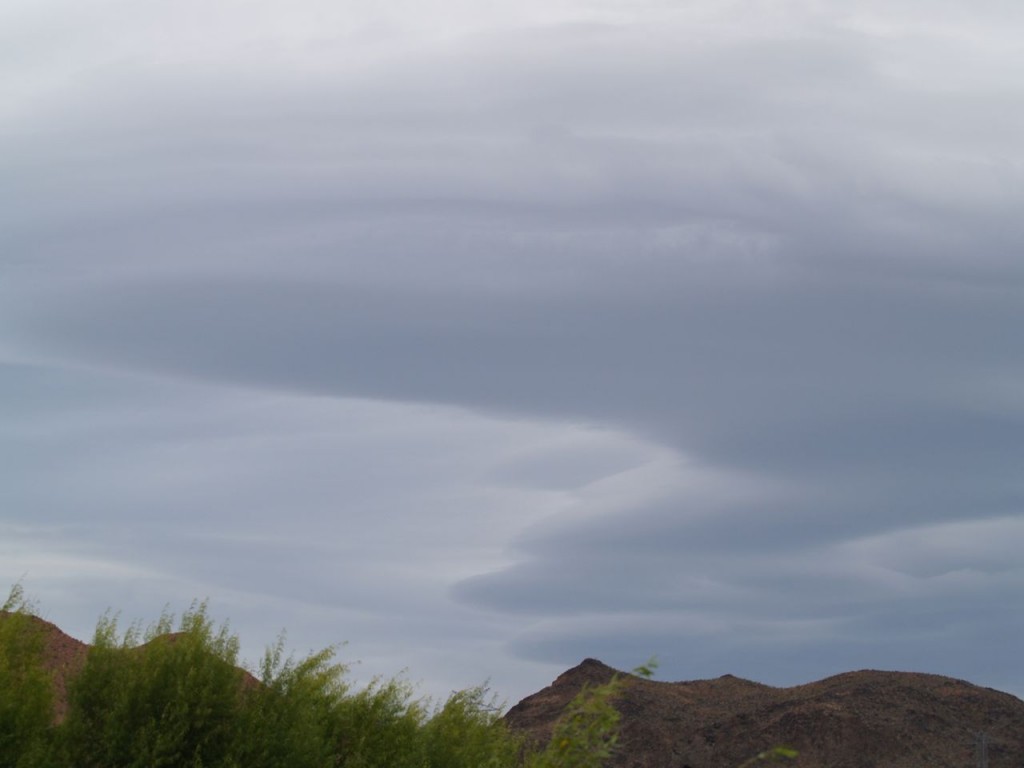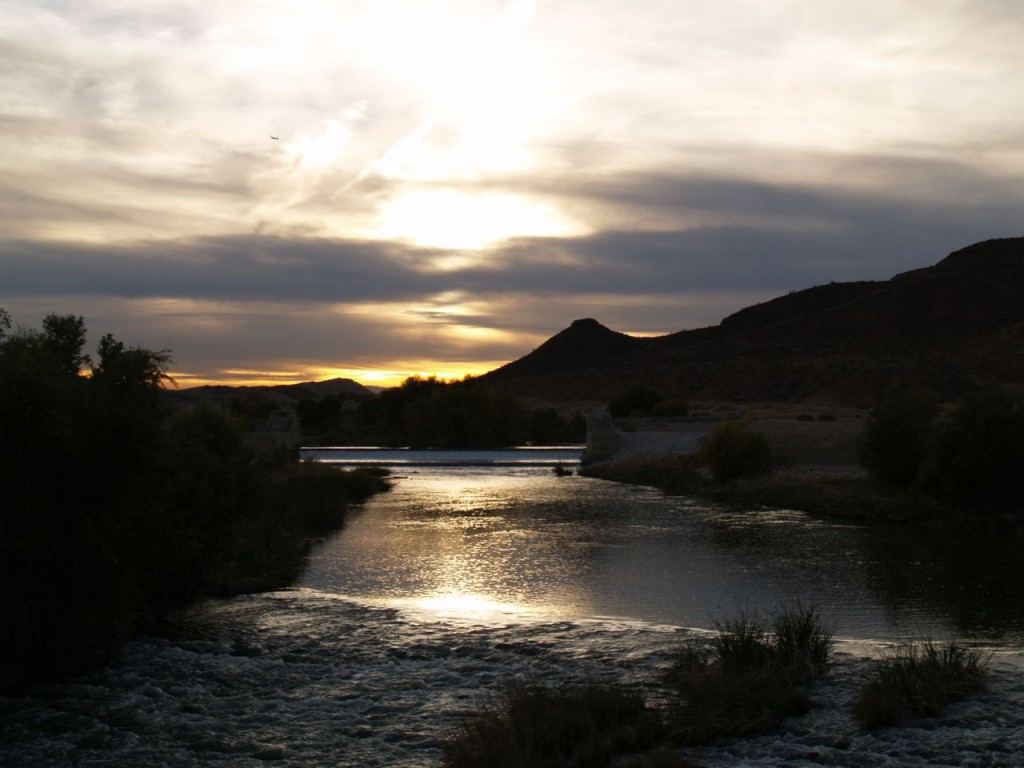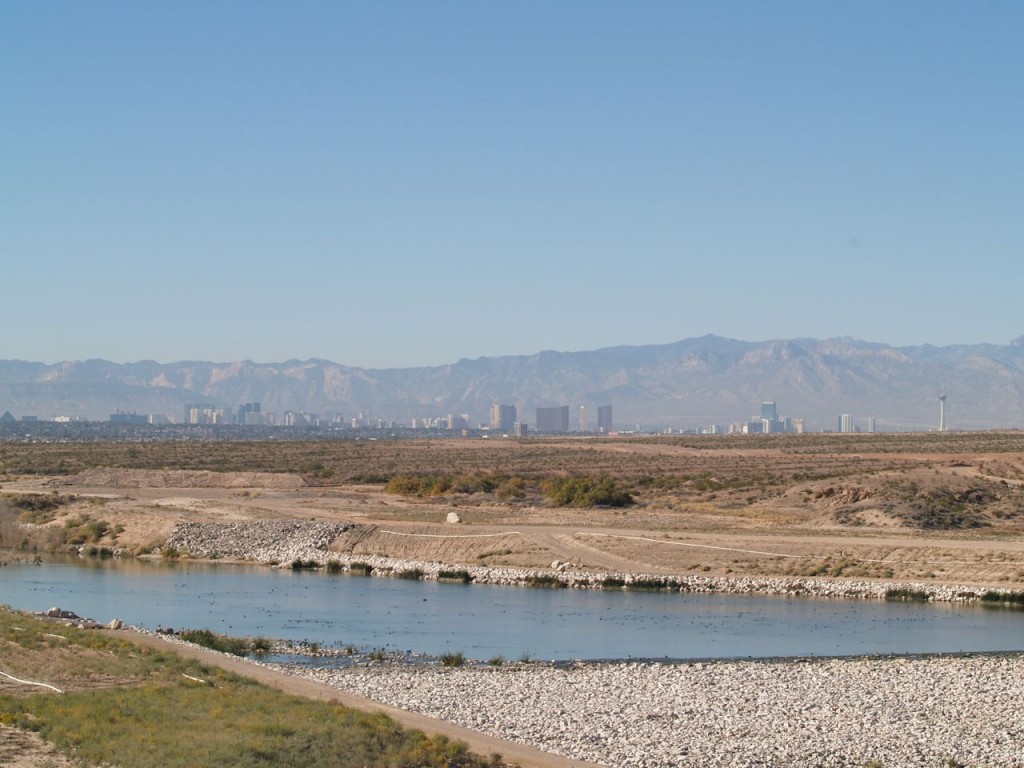One of the things I like about my job is that there is never a dull moment, and I never know what I am going to be doing next. Will I be reading a toxicology assessment? Will I be tracking down a CASRN? Will I be trying to explain in plain English some highly complex scientific issue? Will I be doing a statistical analysis? Will I be trying to figure if some hazardous chemical may or may not be associated with some particle source of contamination? Will I be trying to cleanup a database that has 11 (11!) different valid and invalid synonyms for cis-1,2-dichloroethene? It changes everyday.
A couple of weeks ago though set a new level for “ok this is different.” There was an urgent request from a big wig where I work to do some quick calculations on biosolids. If you don’t know what biosolids are, they are essentially treated sewage sludge. Wastewater treatment plants, which treat domestic wastewater (i.e. the stuff that goes down your sink and toilet), generally have three types of streams that exit the plant. The first is wastewater effluent, which is treated water that is clean and can be released into a river or lake, or if it treated enough can be used to water golf courses or things like that. The second is the sludge. The sludge is generally water with some solids. Sludge is treated, watery poop. It depends on the wastewater treatment plant as to how much treatment and how watery the sludge is. Some sludge is dewatered and composted on site, such that by the time it leaves the plant, it is pretty much just compost. Some is treated less. It depends on the state and the degree of treatment as to what happens to the biosolids. The states have different regulations to the final disposition of the biosolids. Biosolids can be incinerated, landfilled, or land-disposed. The third stream that leaves the wastewater treatment plant is only a stream in an engineering sense. It is non-degradable solid stuff that is screened out as soon as the wastewater enters the plant. This includes condoms, “flushable” wipes, rags, and all the other weird stuff people flush down the toilet or down the drain because out of sight is out of mind. Seriously though why on earth do so many people think condoms are flushable? All that human-made stuff (ok stuff made by humans but not made by the human gastrointestinal track) that people flush down the toilet (because the police came busting in?) or pour down the sink (because clearly you are not thinking about how much your are going to have to pay the plumber to clear you’re drains?) is screened out and sent straight to the landfill or incinerator. This stuff plus the fat and grease people put down the drains are what forms fatbergs.
It is the land-disposal of the second stream of biosolids that was involved in the urgent calculations I needed to do. Essentially, if the biosolids are highly treated at the wastewater treatment, composted at high temperatures for a long enough period of time, and tested for certain contaminants, mainly heavy metals, as required by law, and the state allows it, then they can be used as fertilizer on land. This is not a new concept. For hundreds of years, night soil, as it was called then, was collected and used as fertilizer. It wasn’t even treated. The composting at the wastewater treatment plant, if done correctly, should kill the pathogens in the poop. The controversial question though is whether or not the biosolids contain chemical contaminants that would not be removed by composting. That is a whole other subject.
My task though was to do some calculations on scenarios involving biosolids. While I am familiar with the concept of biosolids and their final disposition, I needed to do some research on their physical properties. Turns out, finding an average density for biosolids is much easier said than done. The internet gave me answers that were all over the map. The other part of my calculations required me to make some assumptions about how the biosolids were transported to fields or farms if they are land applied. I had never actually considered until that moment how watery, treated poop is transported. As weird as I am considering I travel to visit landfills, wastewater treatment plants, and rail yards and considering how I eagerly read books about poop, I never really considered the transport of biosolids. [I cannot stress enough how much I loved Rose George’s The Big Necessity.] Time was of the essence, we needed some sort of estimate for the question presented, so I grabbed what seemed like reasonable numbers for the physical properties of biosolids and how they transported, and I did my best to calculate with some sort of reasonable confidence the numbers that would answer the question being asked by the big wig. I actually rather enjoyed this rather unusual request. I learned at least a little bit about the details of biosolids.
This week though, the same question came up. I was asked to confirm my calculations, but I was given more time to consider the question. Thus, I had been considering the question for a couple of weeks, and I had had time to ask colleagues as to good sources of information on biosolids. I was able to devote more time to finding good estimates for the information I needed. In the course of my research, I learned to my great joy that biosolids and regular manure are often (normally?) land applied using an invention called a manure slinger. I swear this is true. Humans invented a device called a manure slinger, and in the grand tradition of engineering inventions, it does exactly what its name implies: it slings manure. I hope you can understand my joy that this exists. It is similar to my joy when I discovered that humans had invented a fish cannon that true to its name is a cannon that shoots fish. Engineers aren’t really that creative in the naming department. Heat exchangers exchange heat. Catalytic converters use a catalyst to convert one thing to another. [In the case of your car, it uses a catalyst to convert harmful gases to less harmful gases.] Circuit breakers break an electrical circuit. This leads to my new favorite invention, the manure slinger which slings manure. Do an internet search on manure slinger. You will find photos and videos of them. Videos of a manure slinger slinging manure brought me even more joy. Yes, I am weird, but if you have ever visited my website before, you should know that by now.
Now I was armed with good experimental information on the physical properties of biosolids and with very good information as to how they were transported and land applied. I redid my initial calculations checking my work and with far more confidence in the answer. I could prepare an answer for management to send to the big wig with as much confidence as could be expected on the somewhat unusual question being asked. Further, today I was asked to help prepare communication material regarding the question that had been asked about biosolids. To my even greater joy, than simply learning that manure slingers exist, I was able to write (I swear) scientific information for the communication material that involved the phrase manure slinger numerous times in a paragraph. I have no idea if the communication material will ever see the light of day, and if it does, if the communication people or management will be fuddy duddies and remove the phrase manure slinger and substitute with something far more mundane sounding, but at least initially, I had the joy of writing a completely serious, scientific paragraph using phrase manure slinger. It was a great way to end the week.





